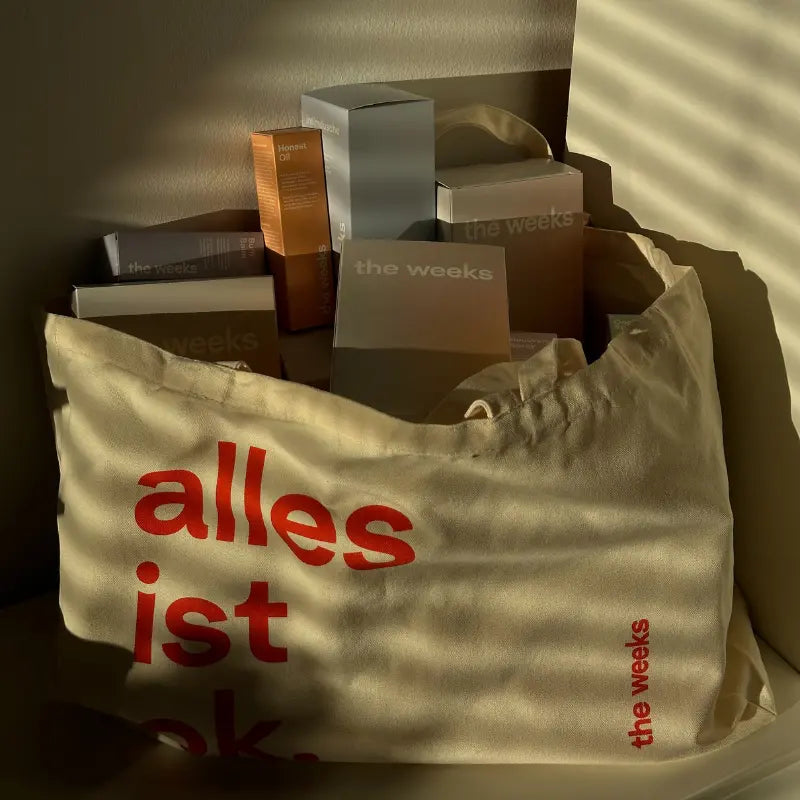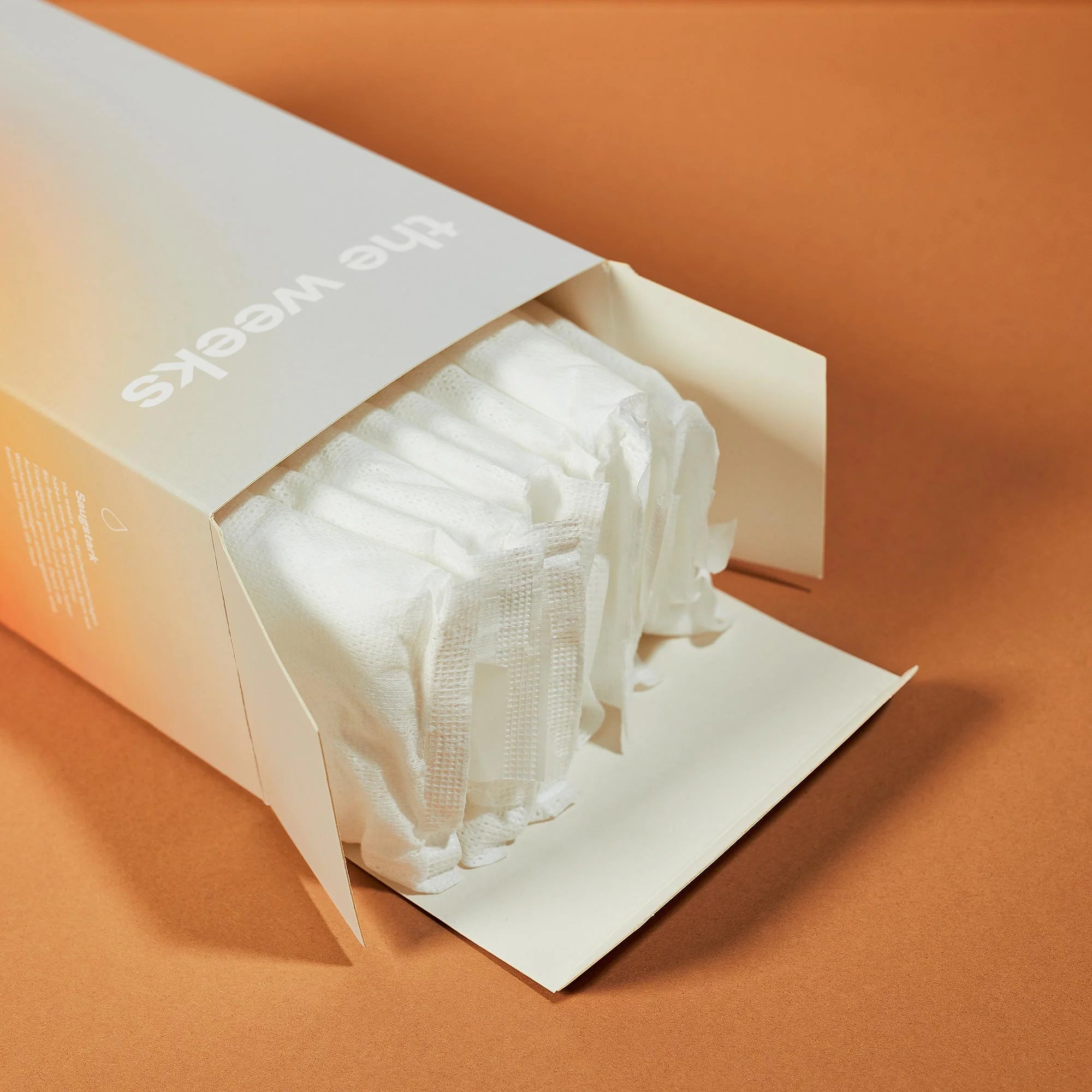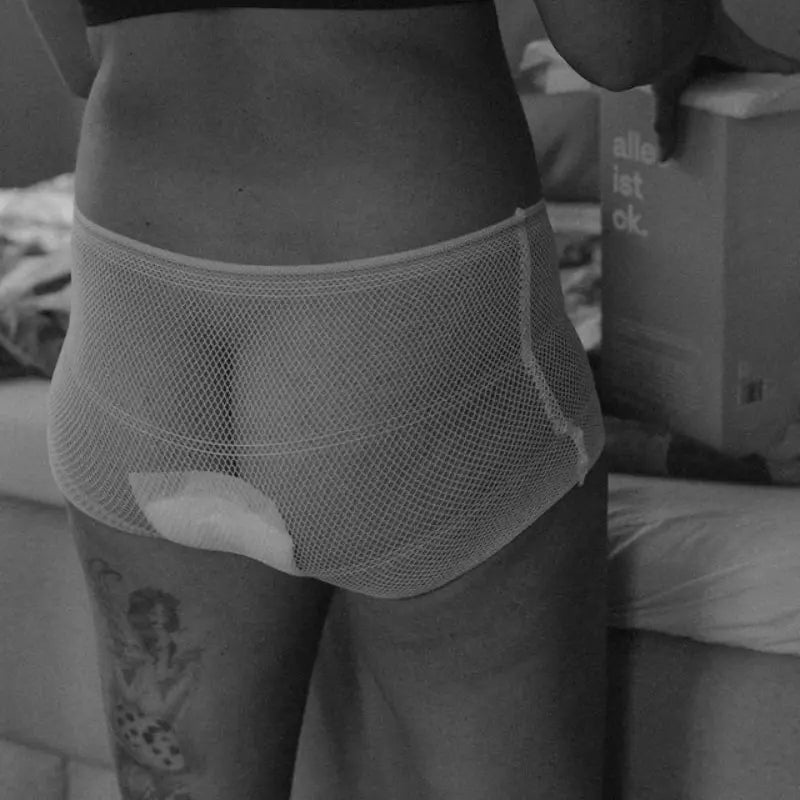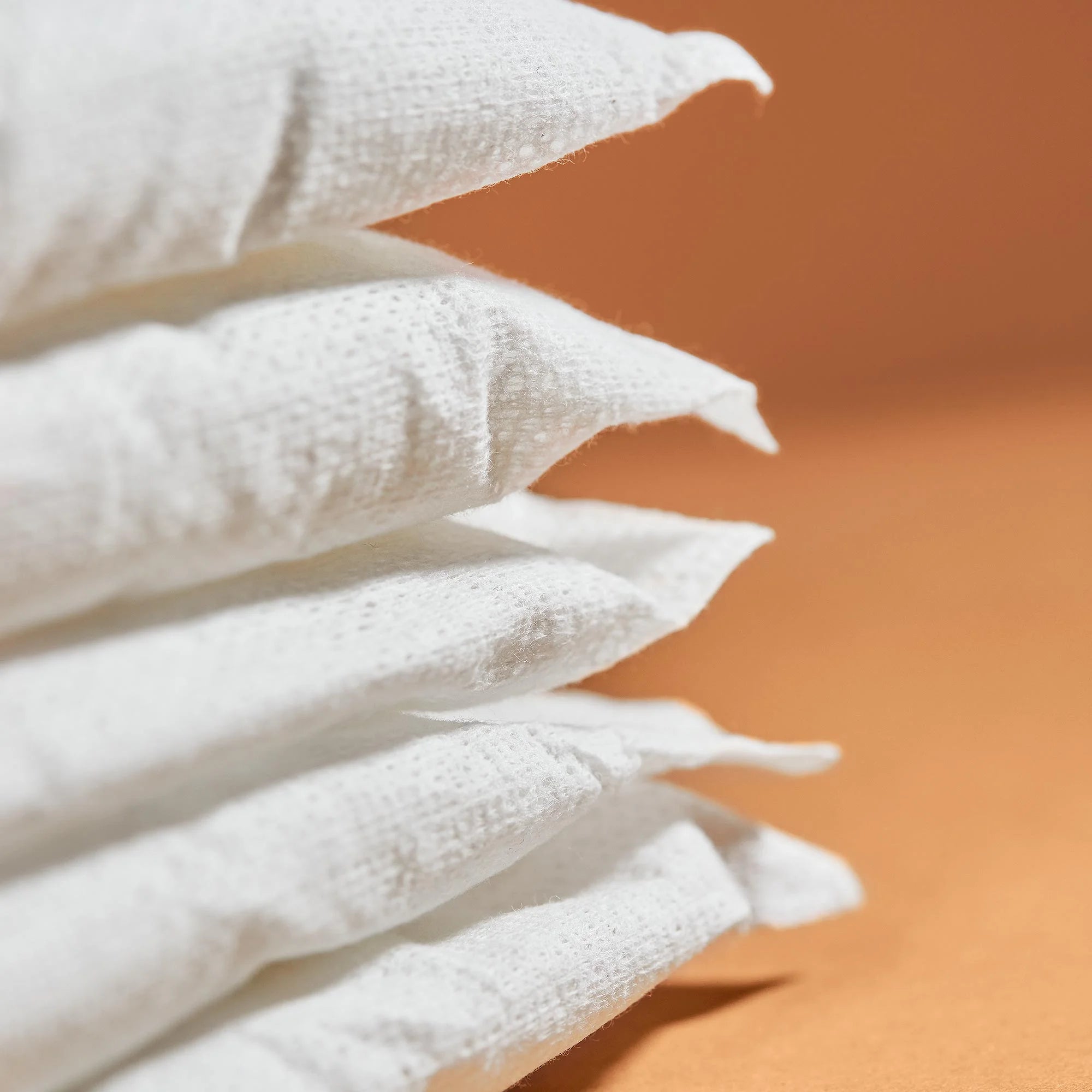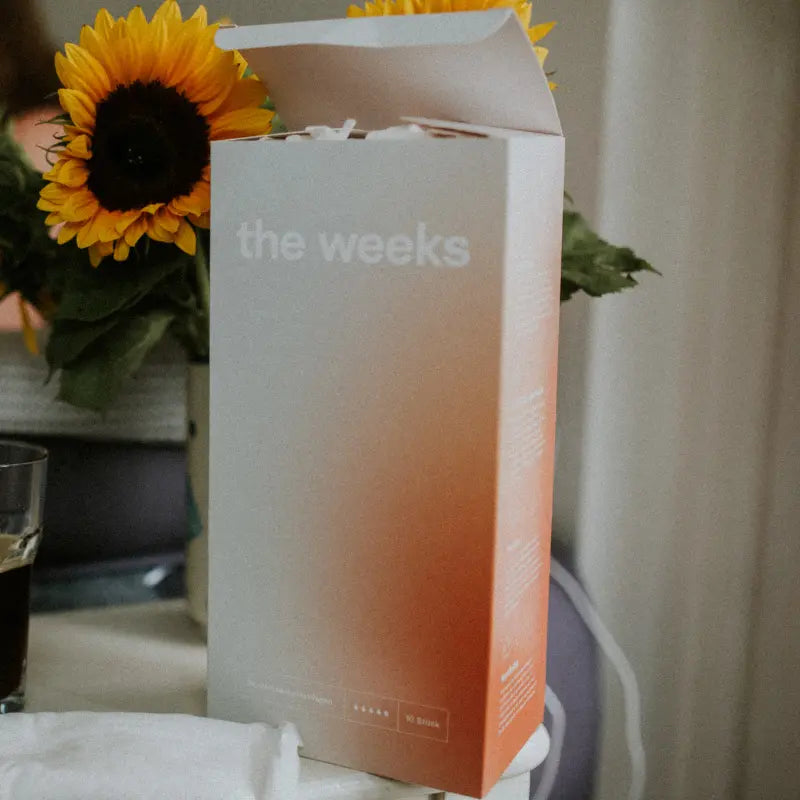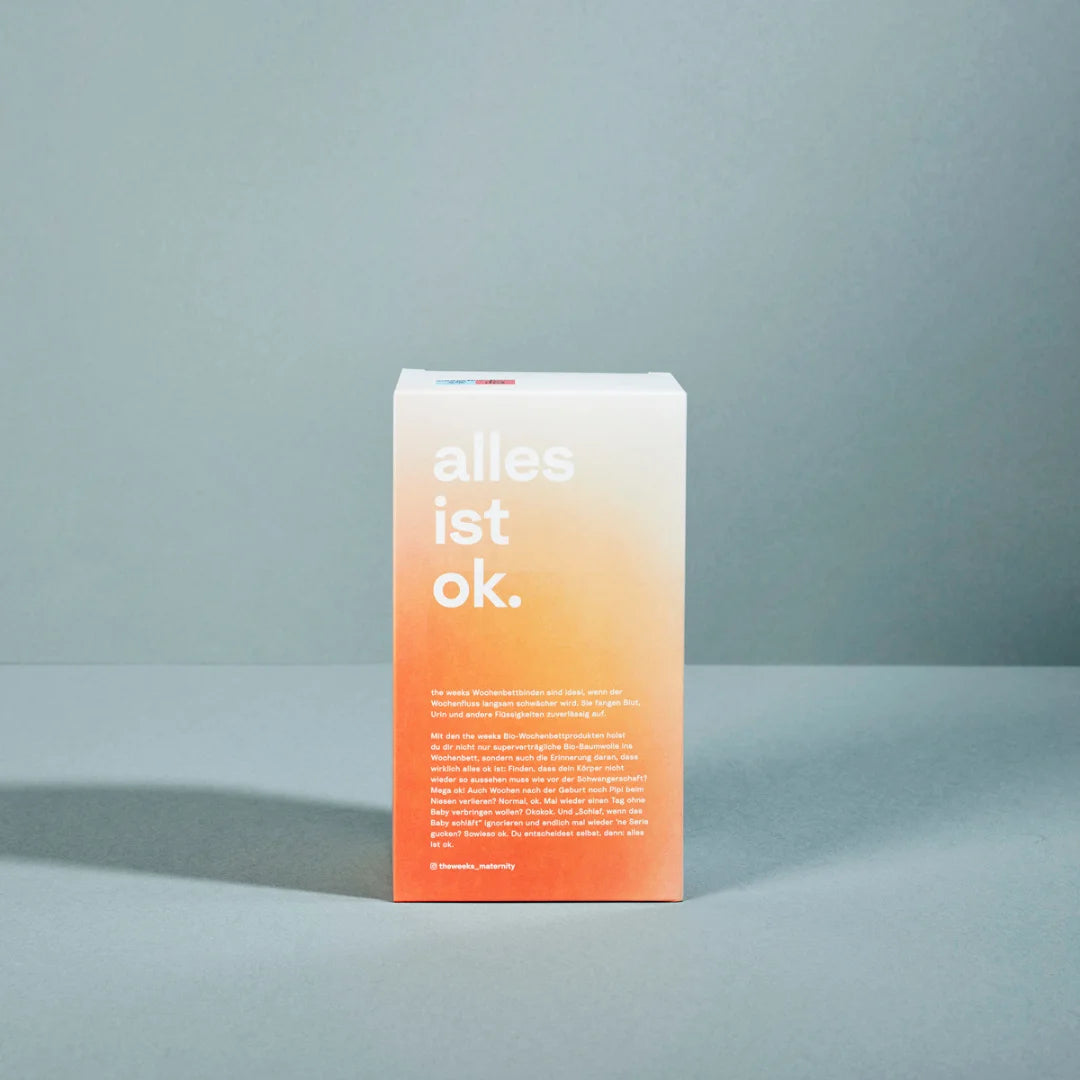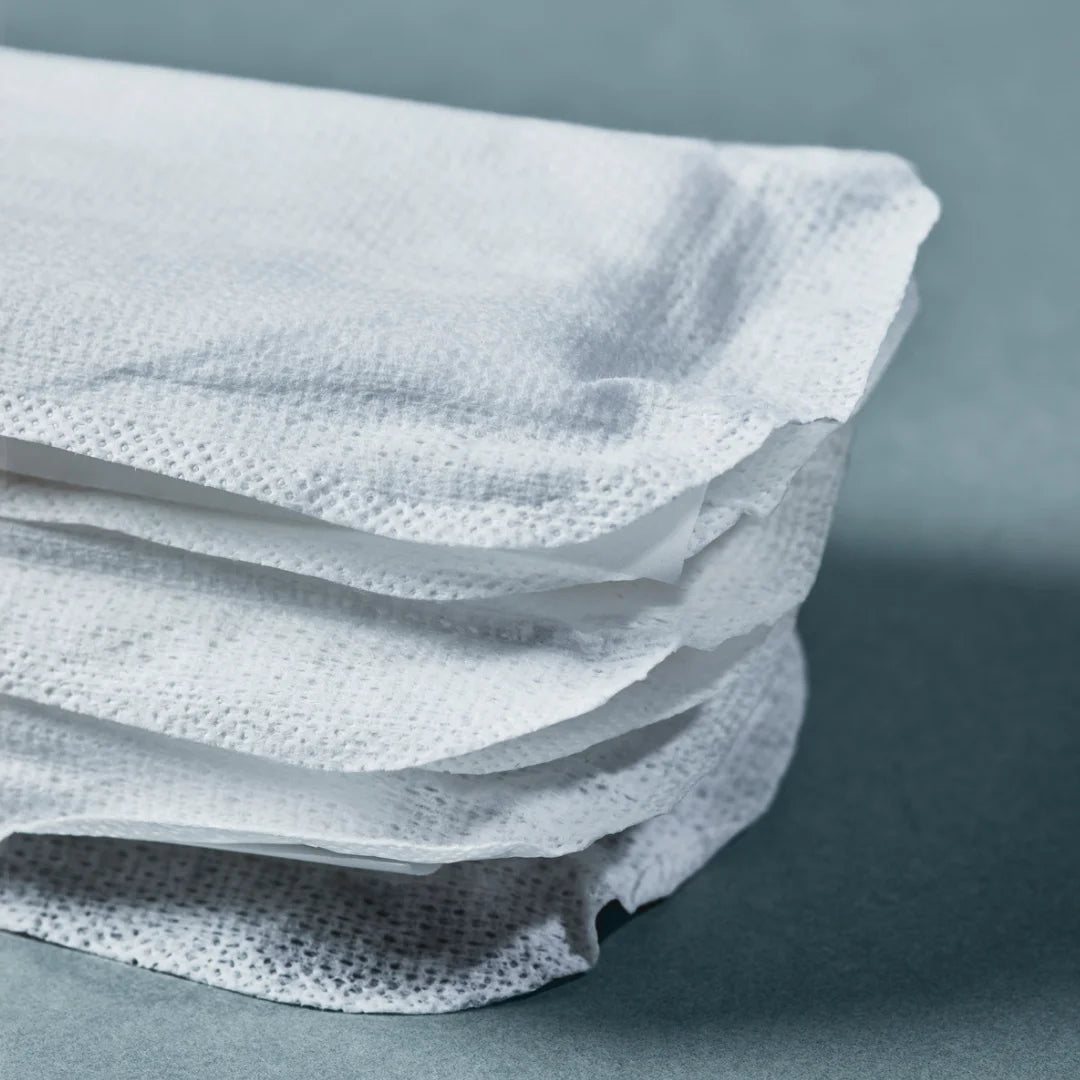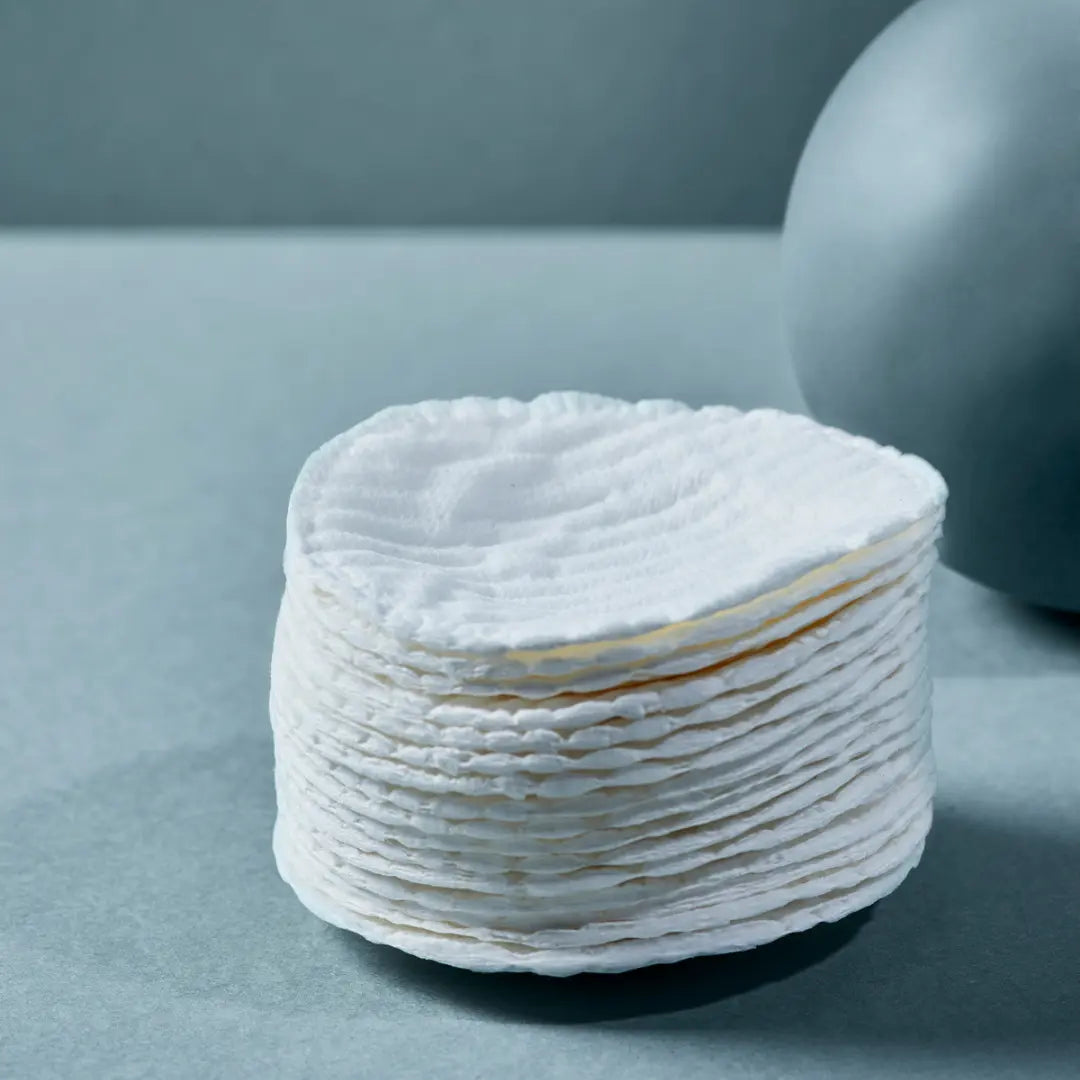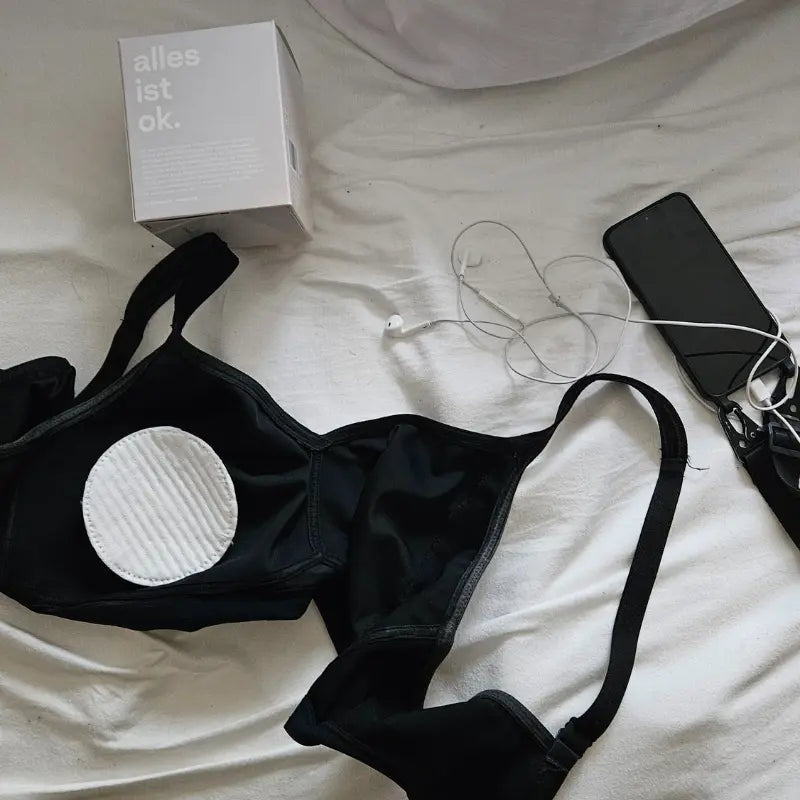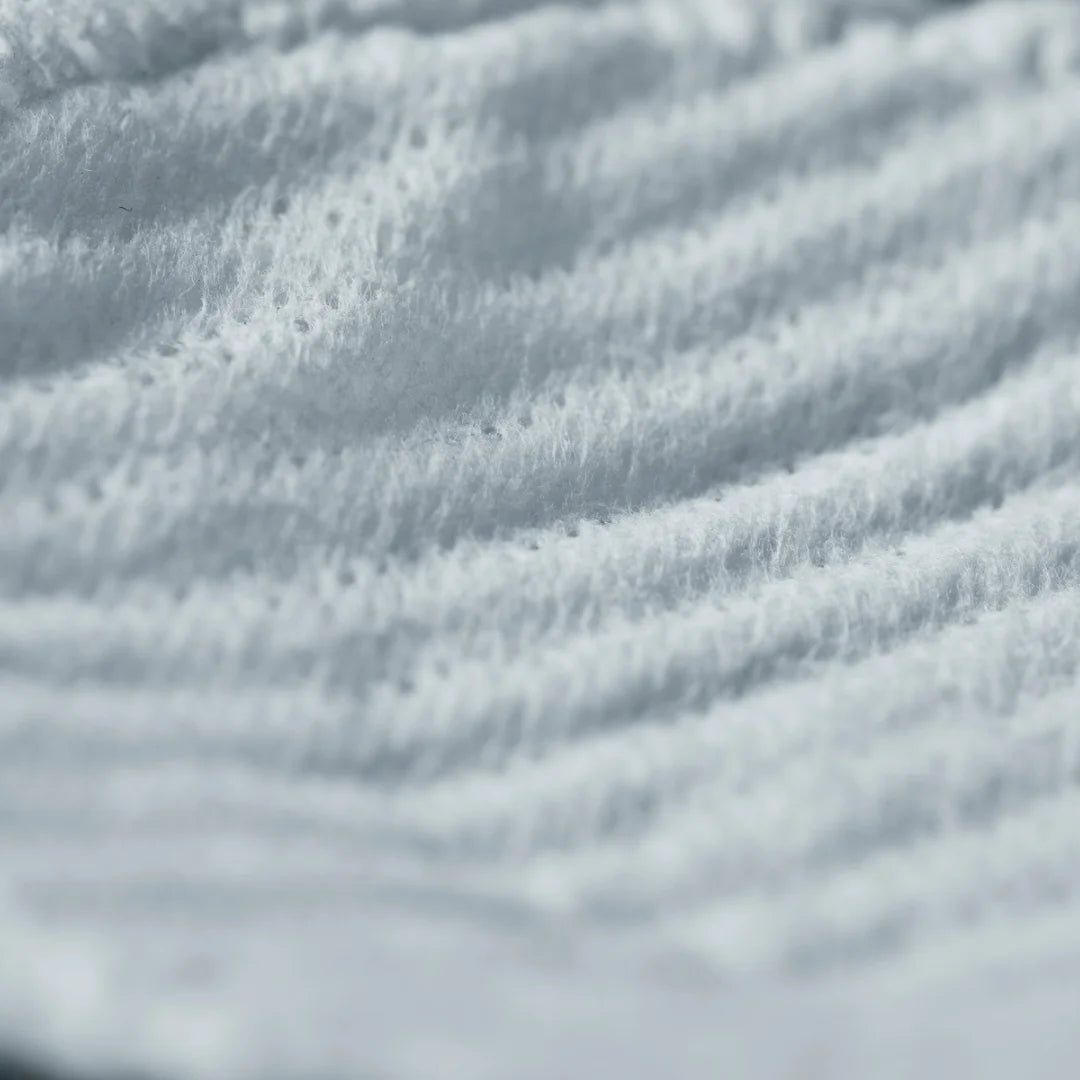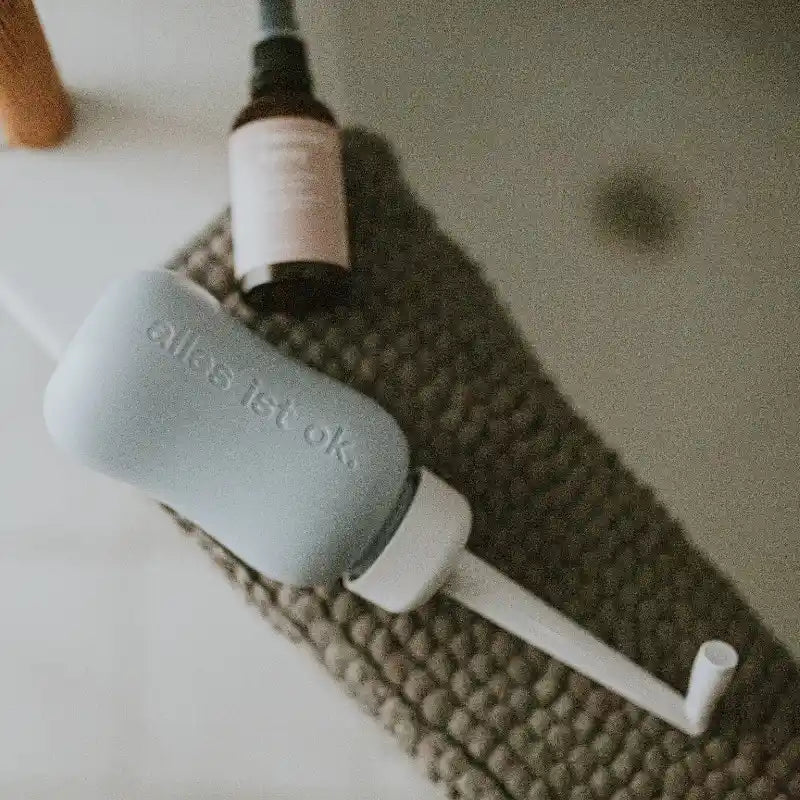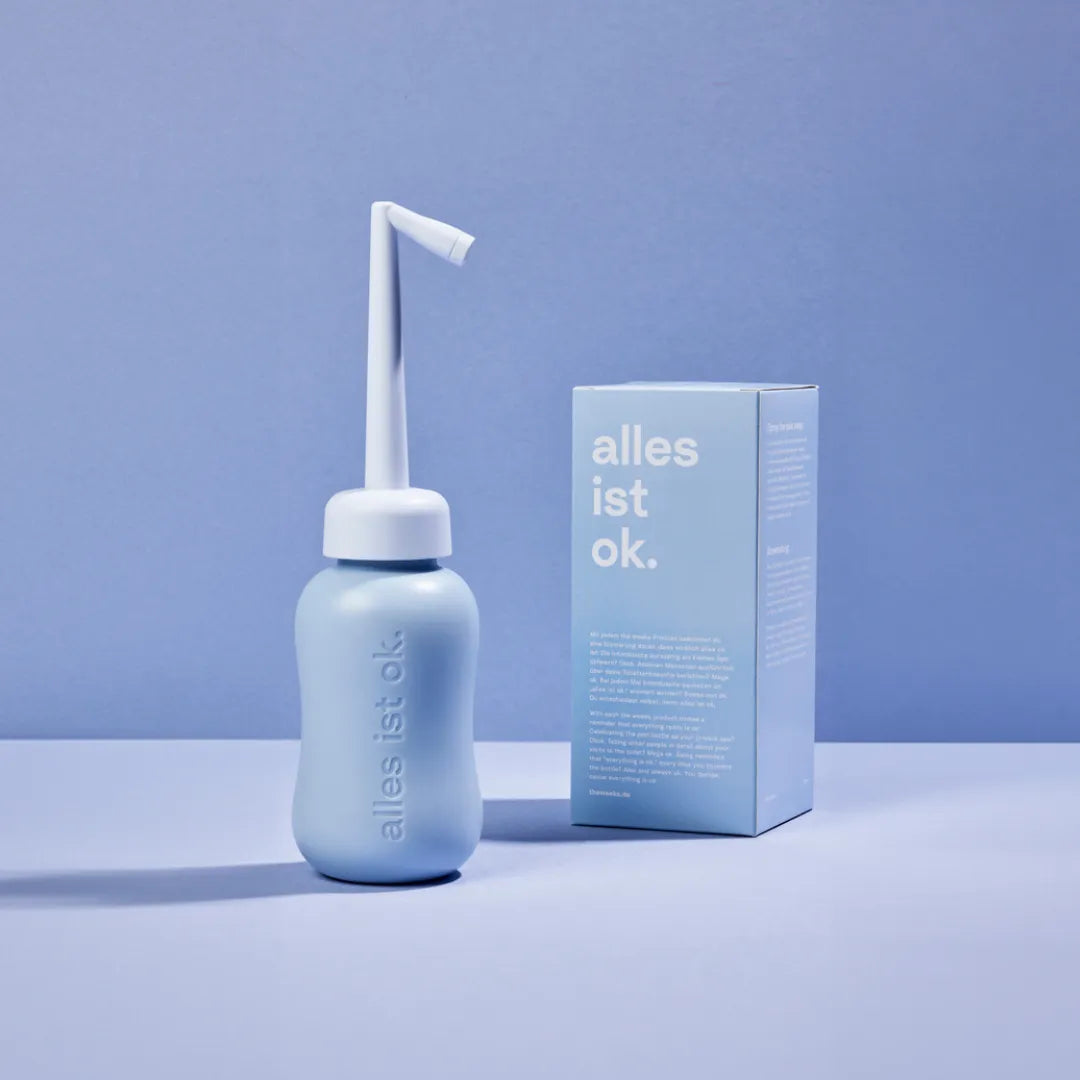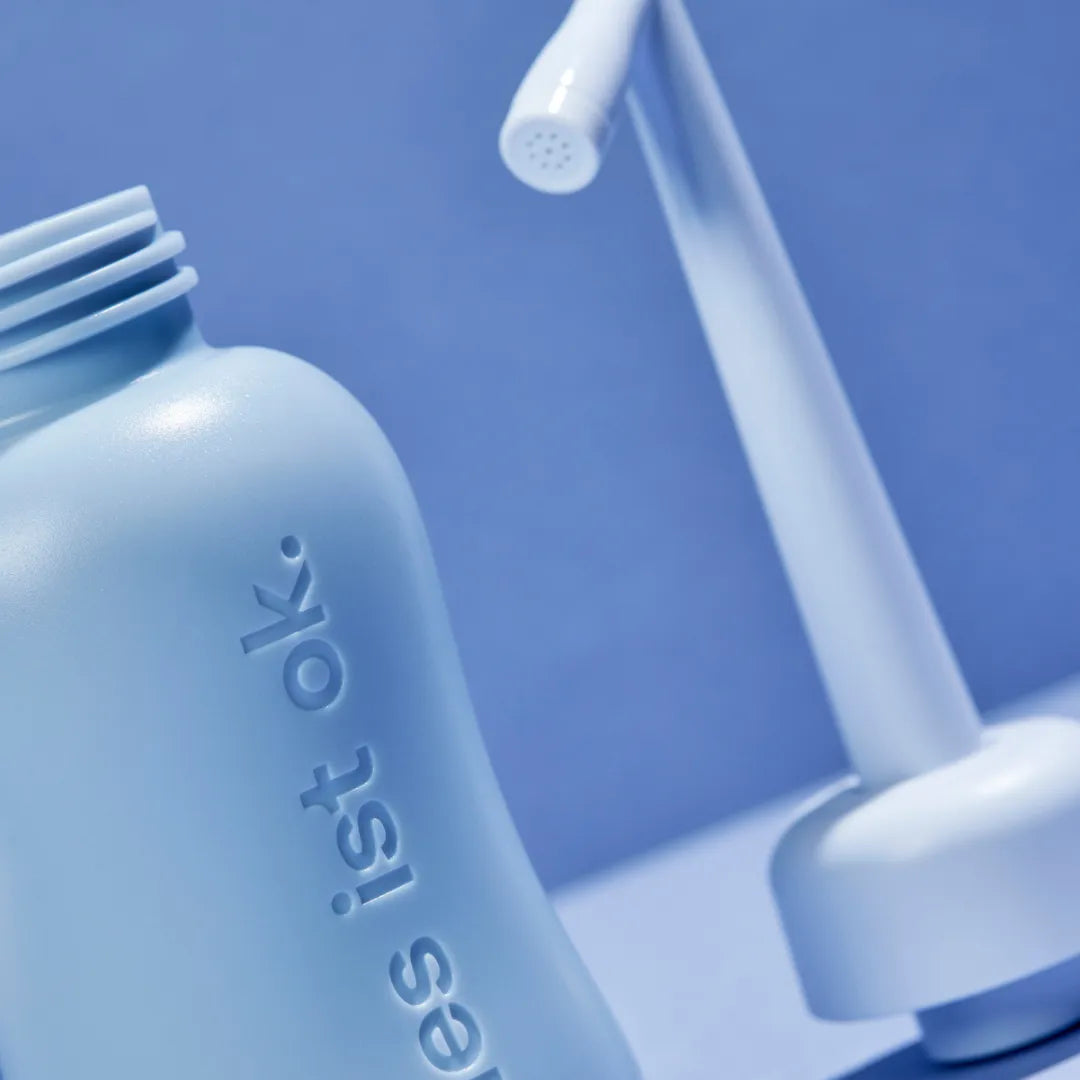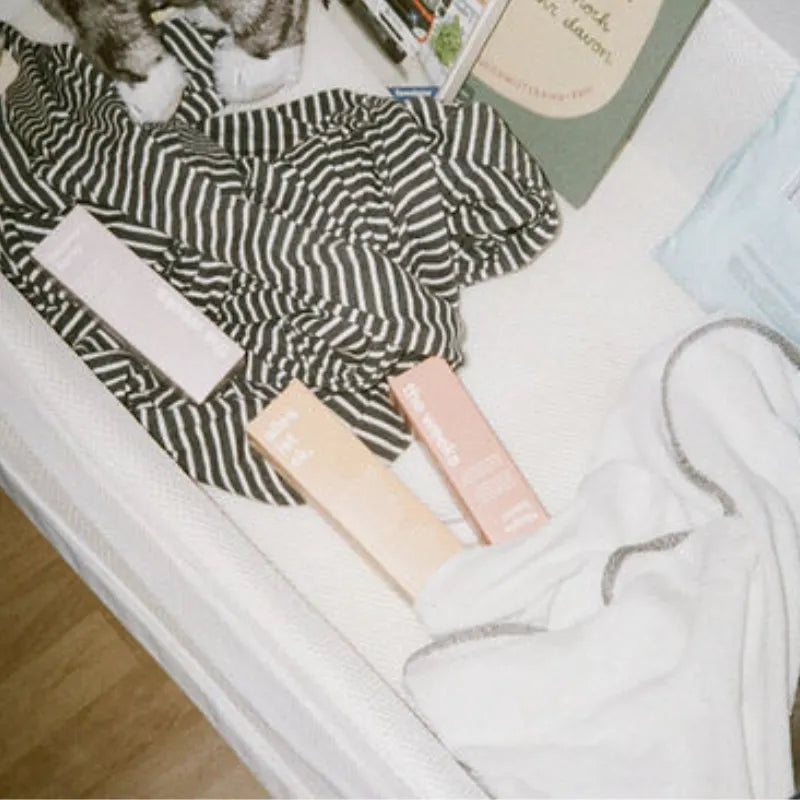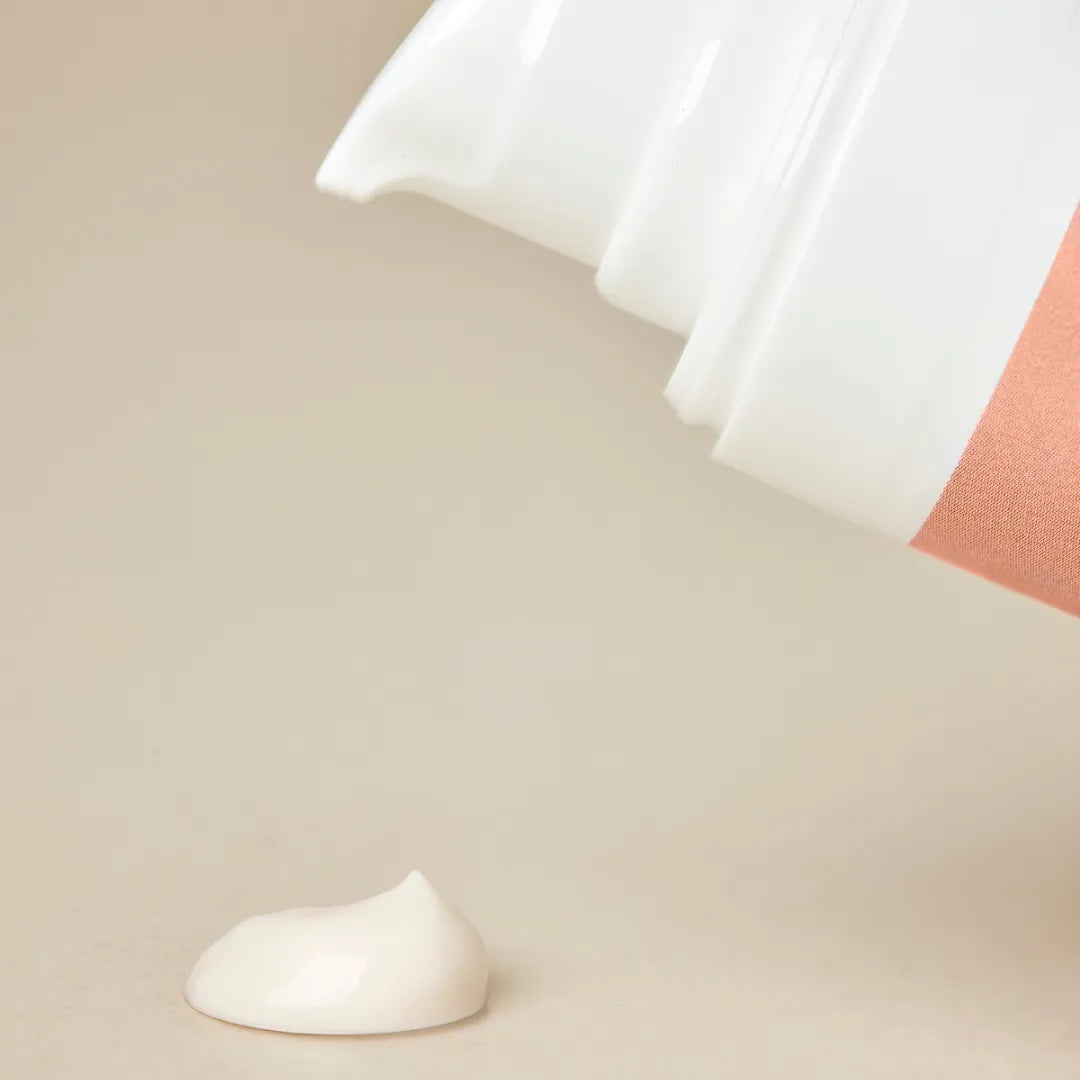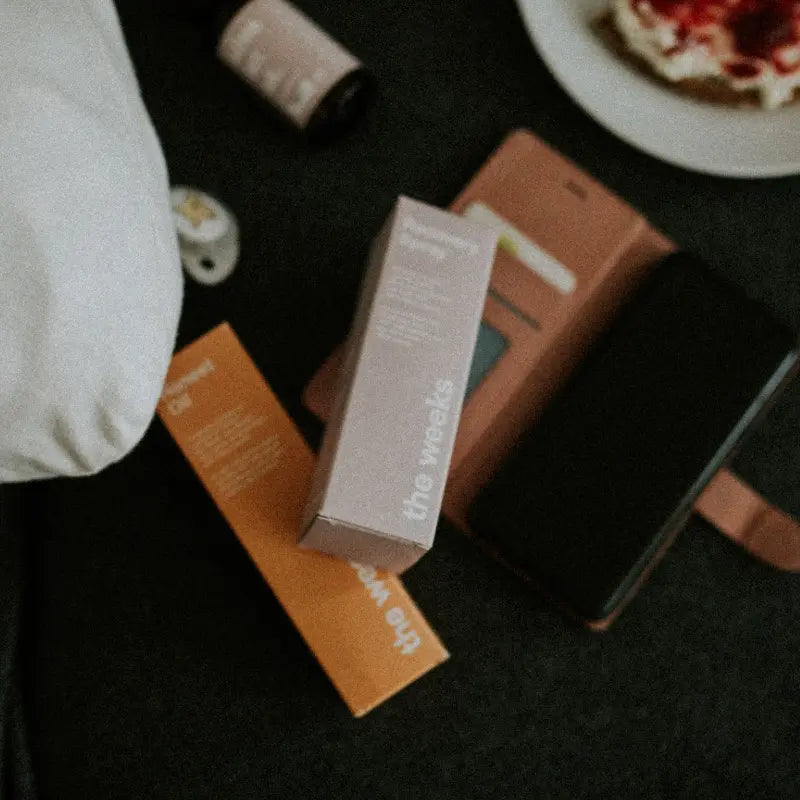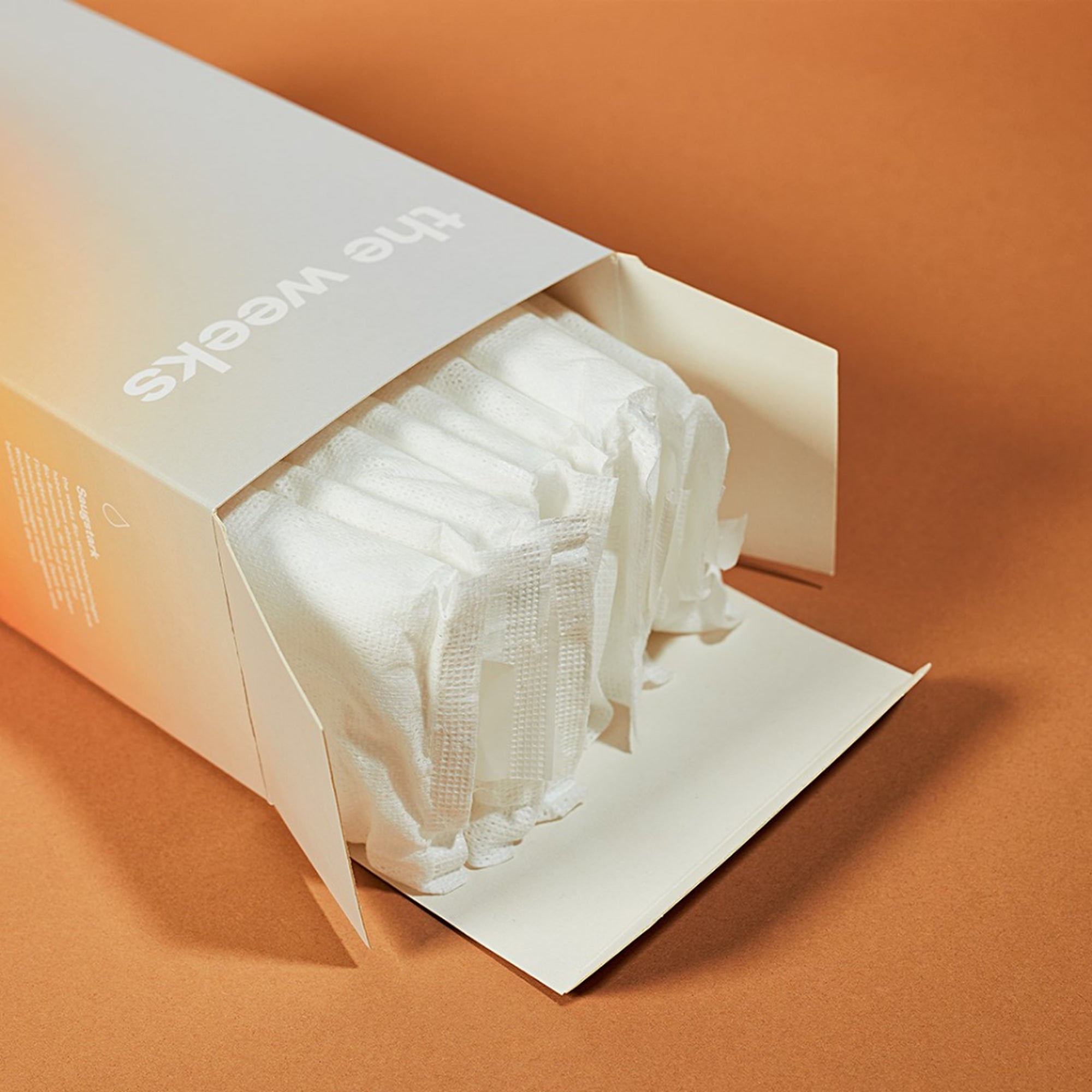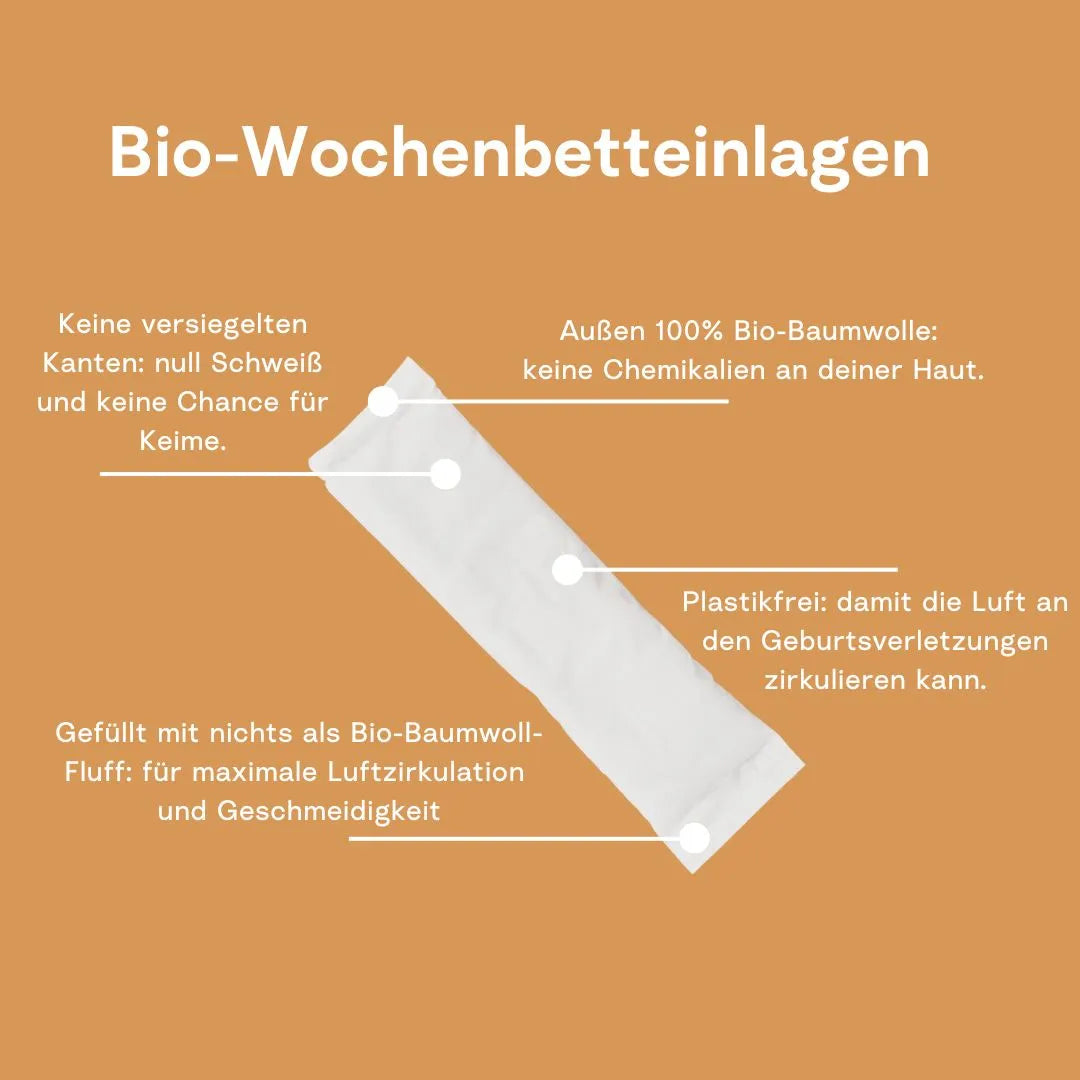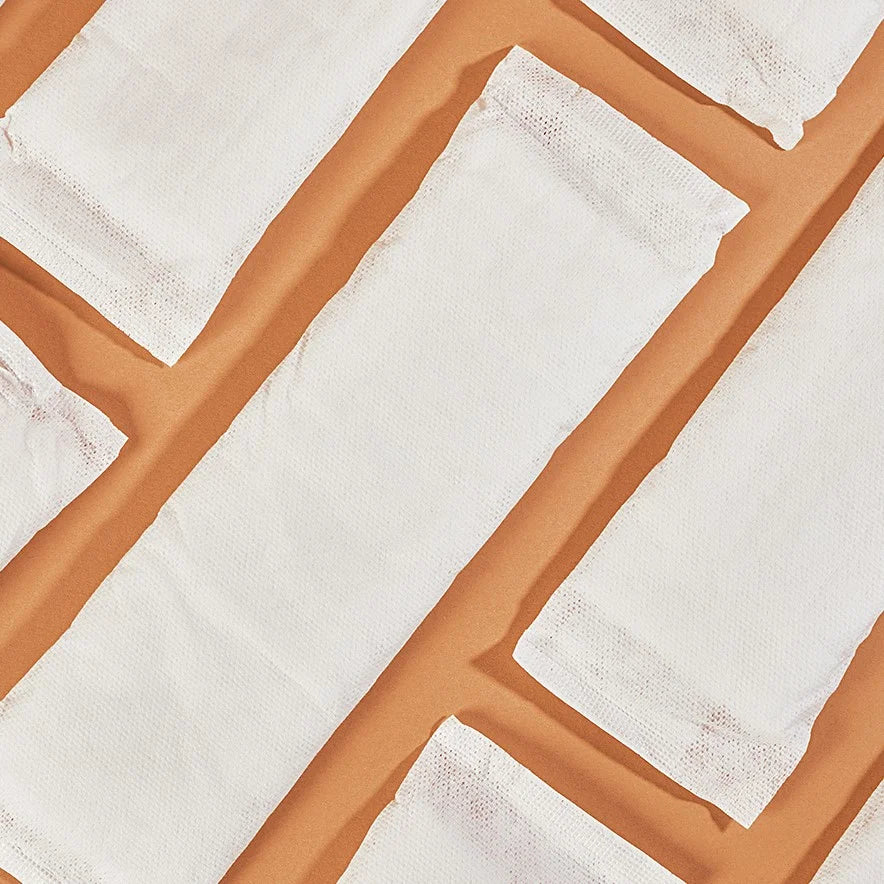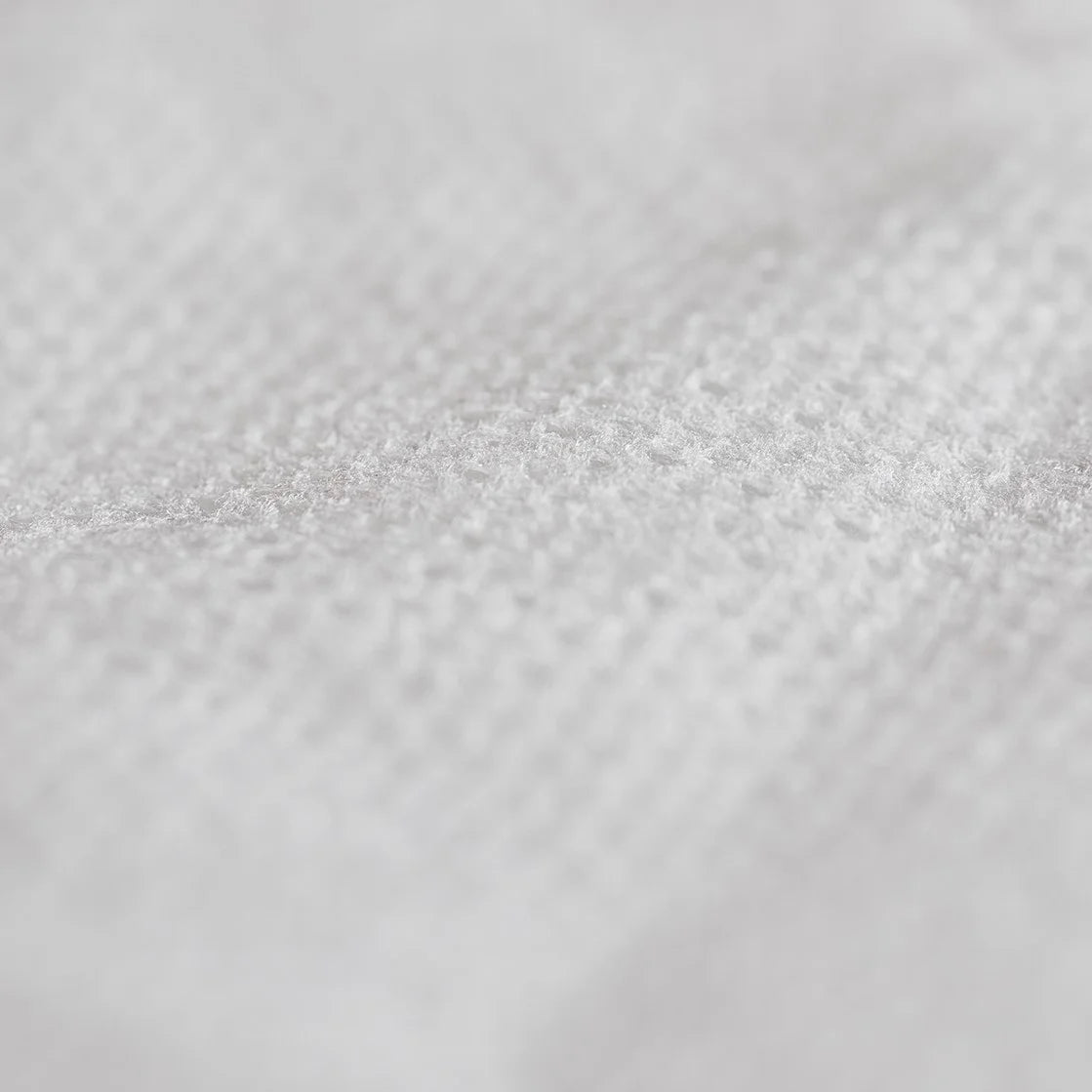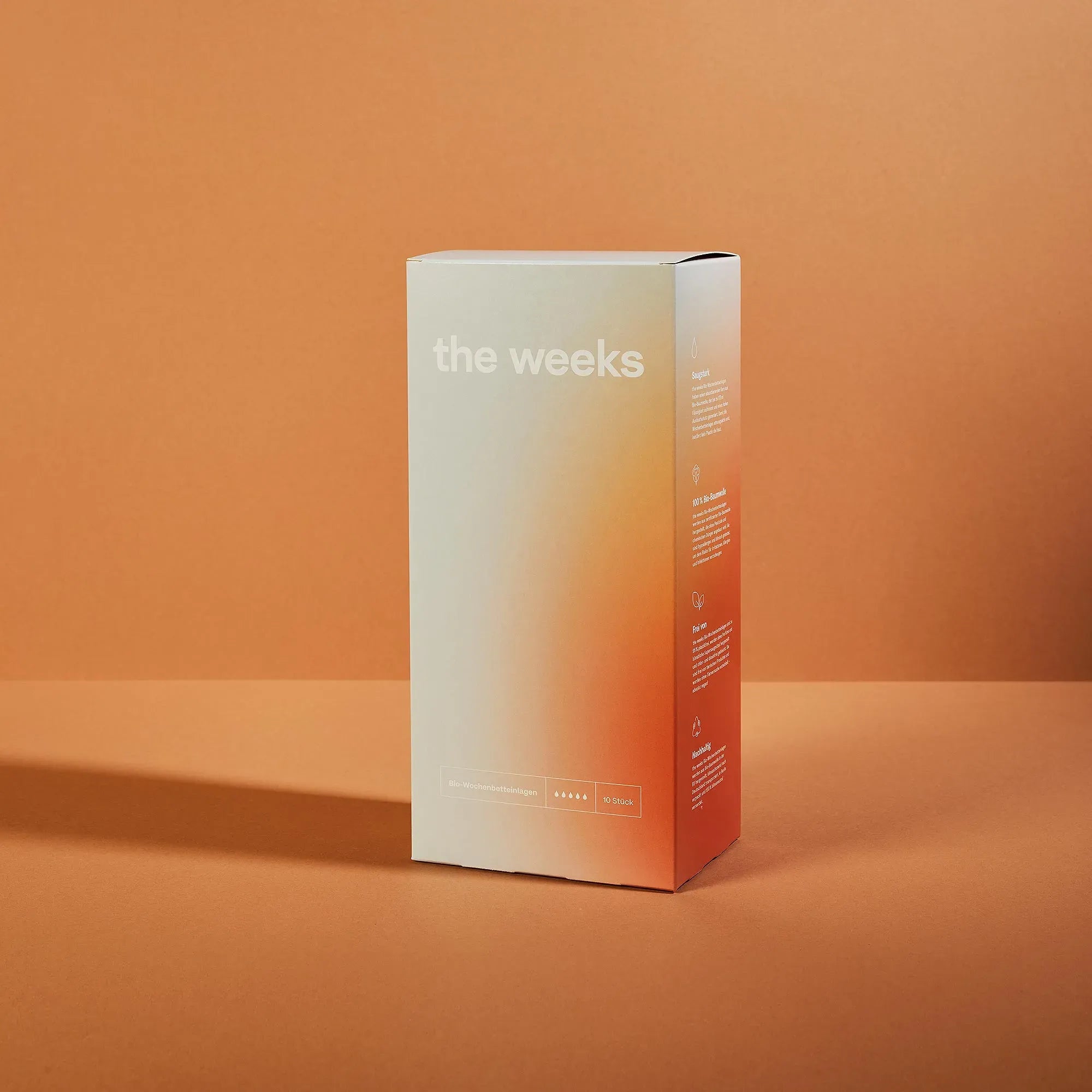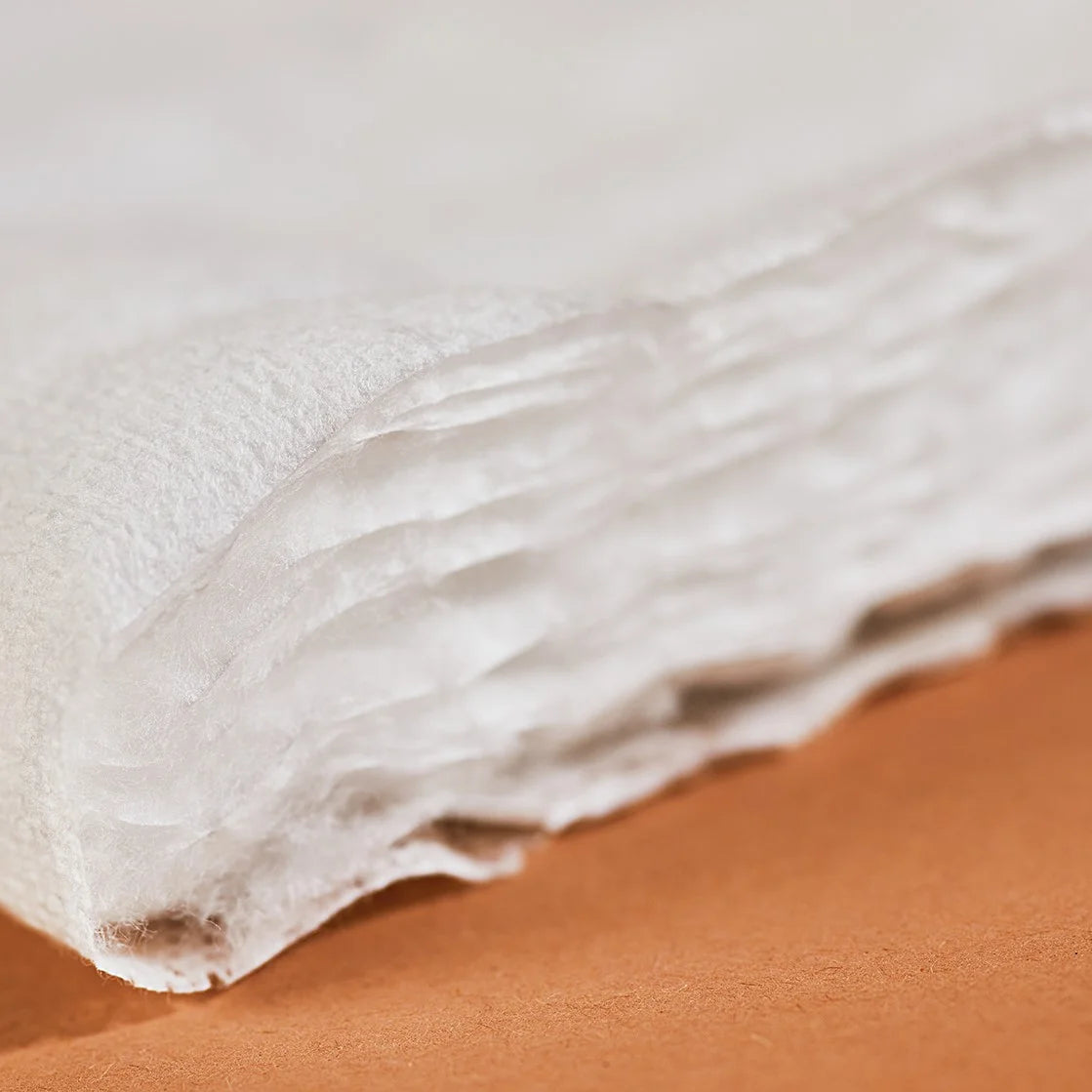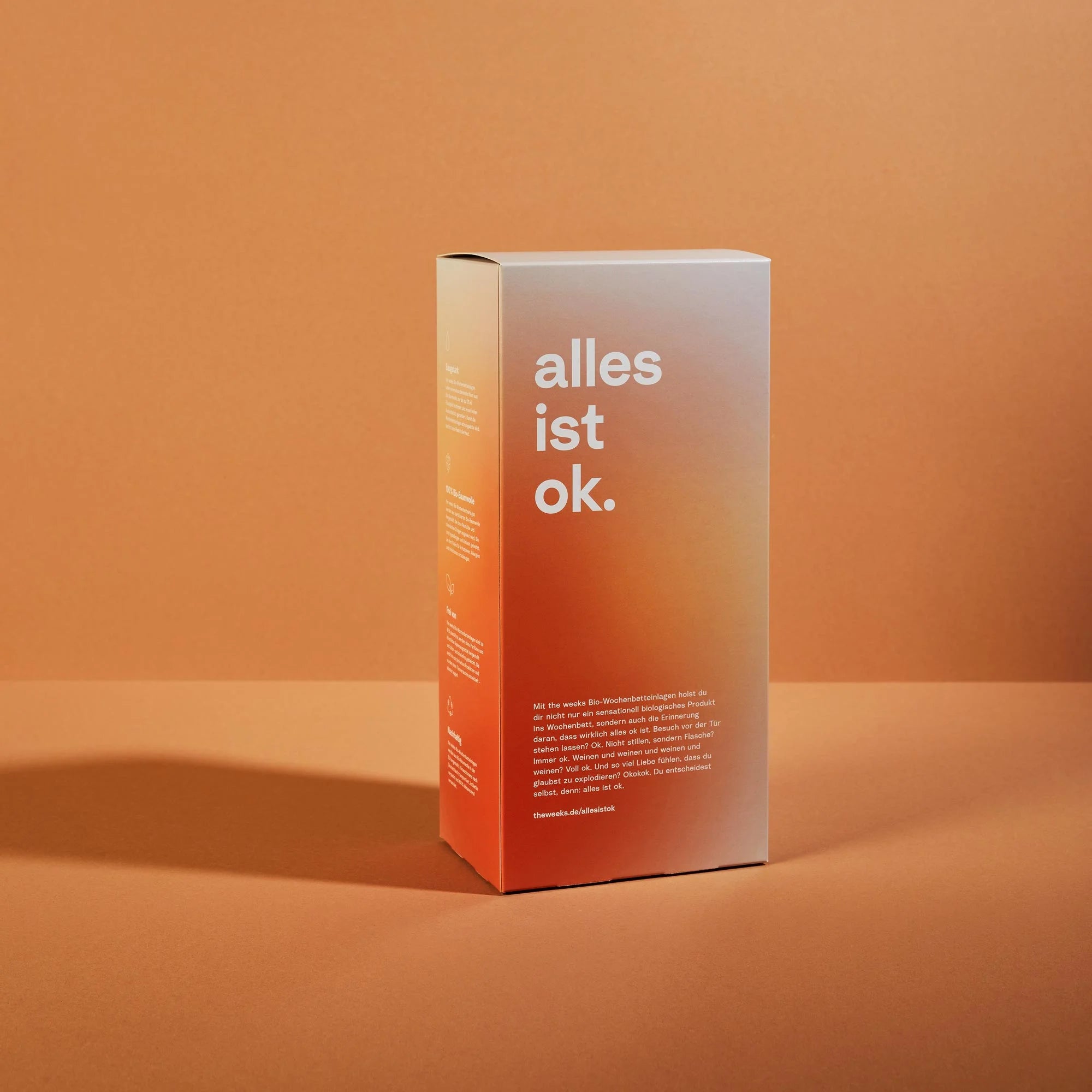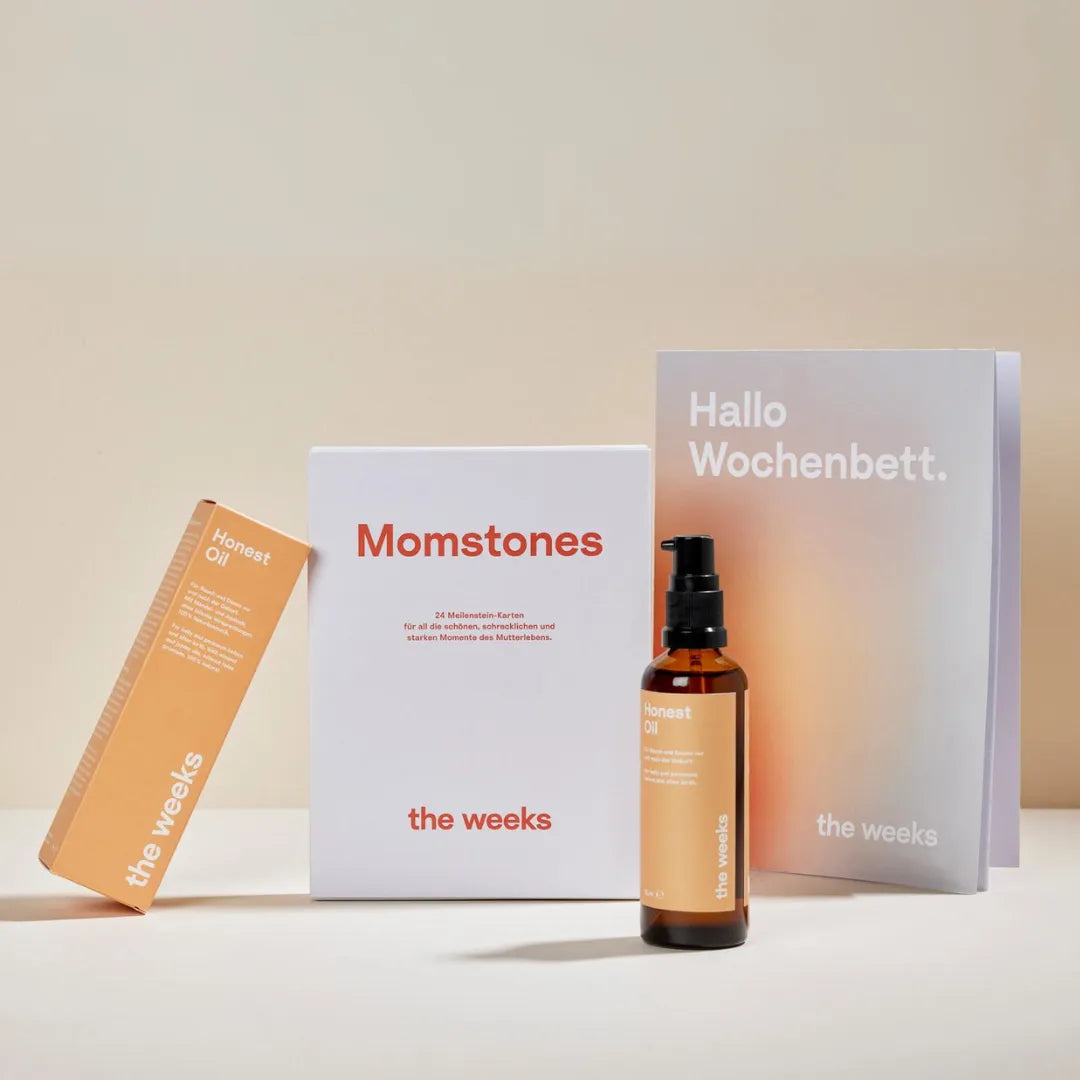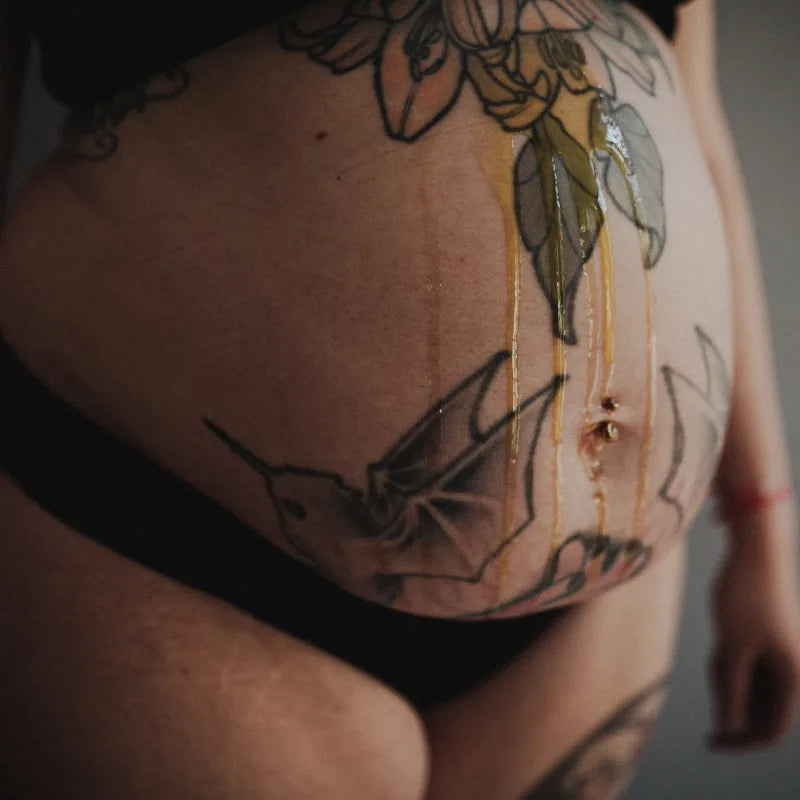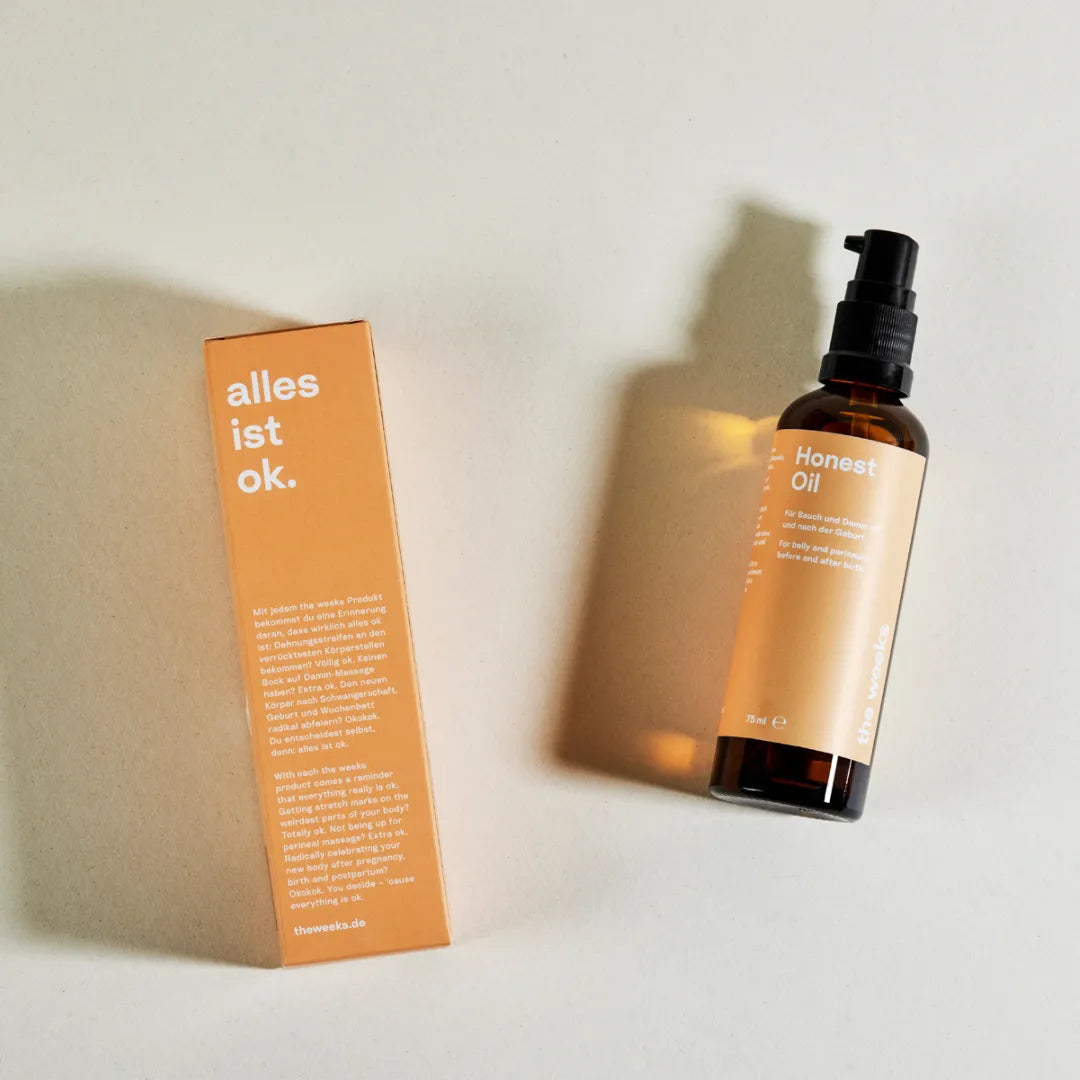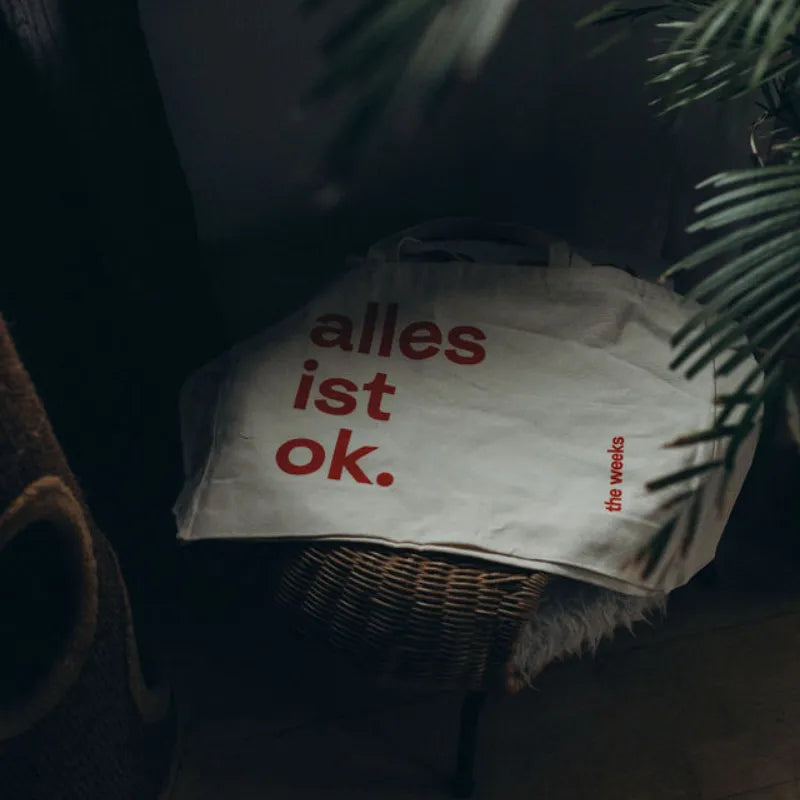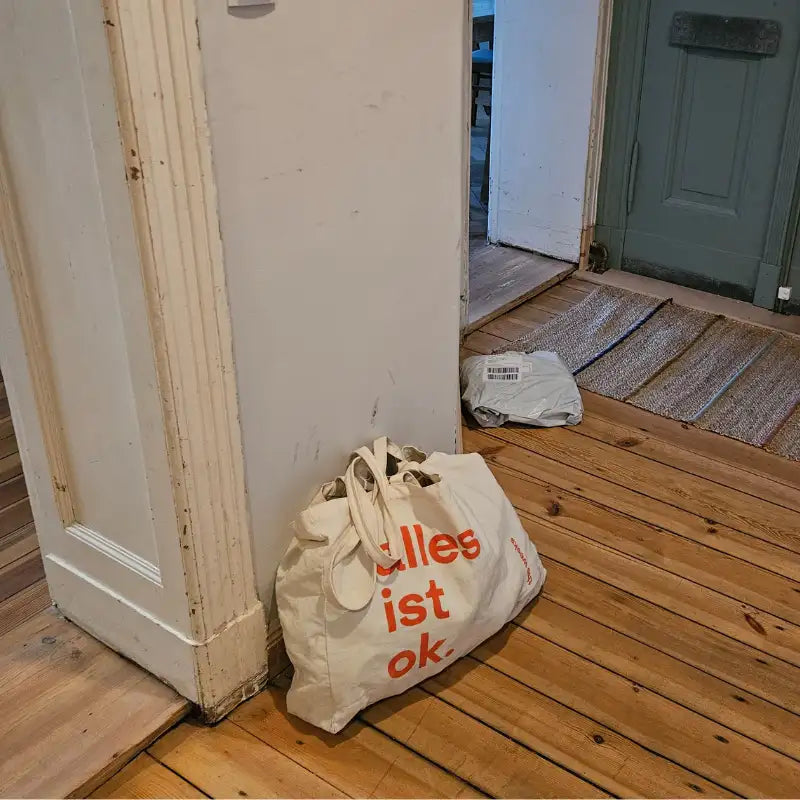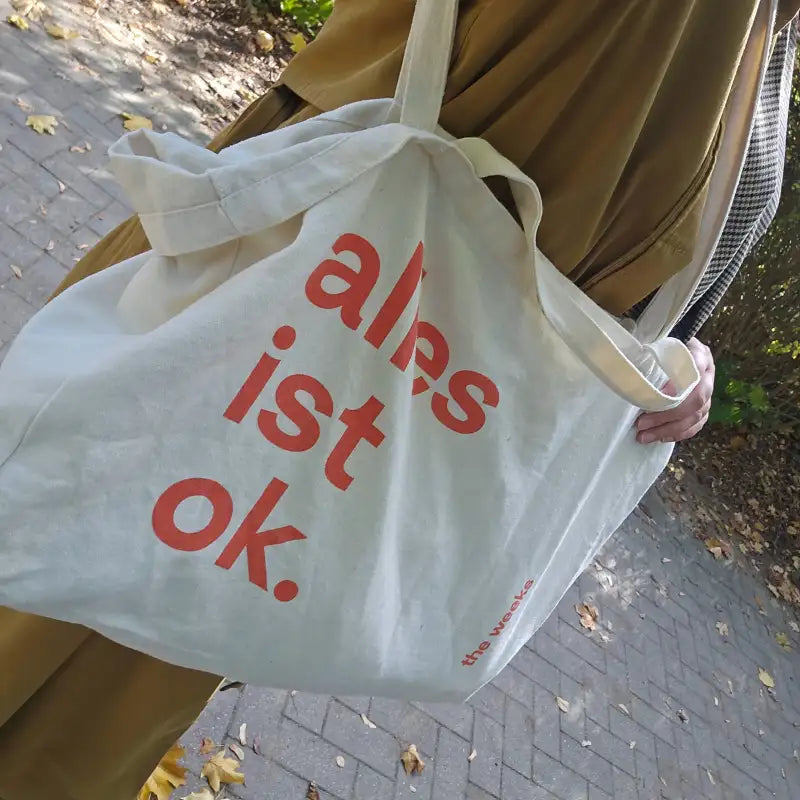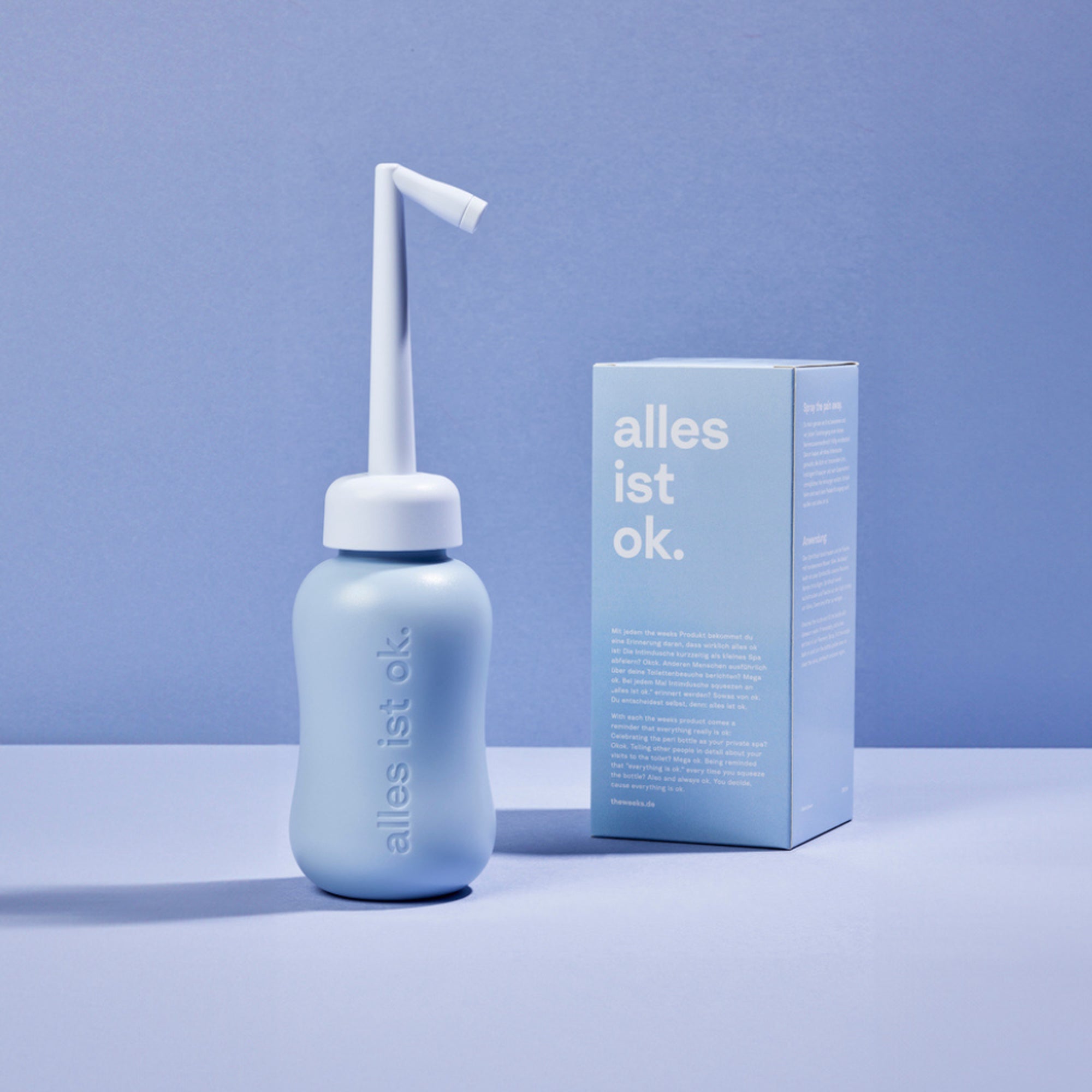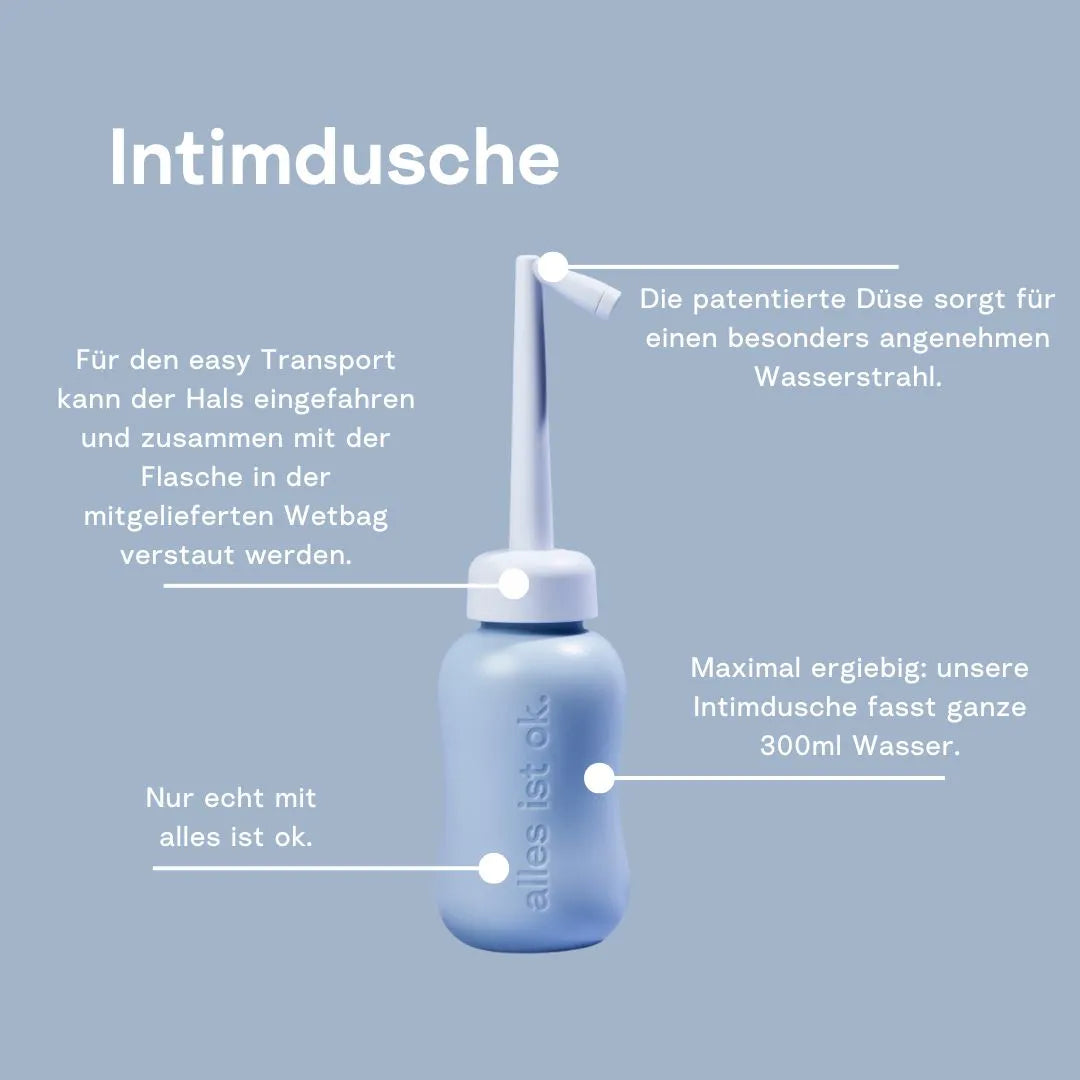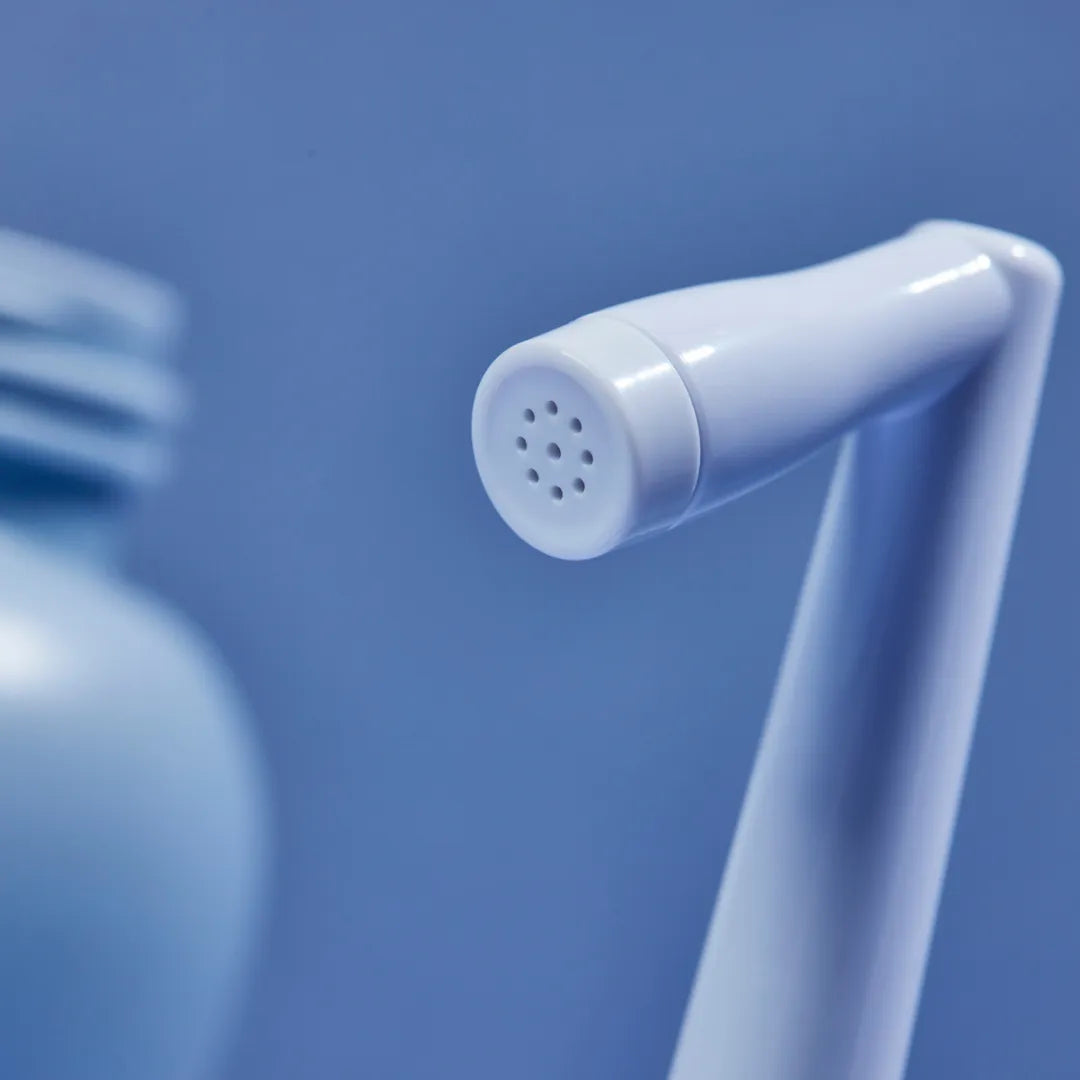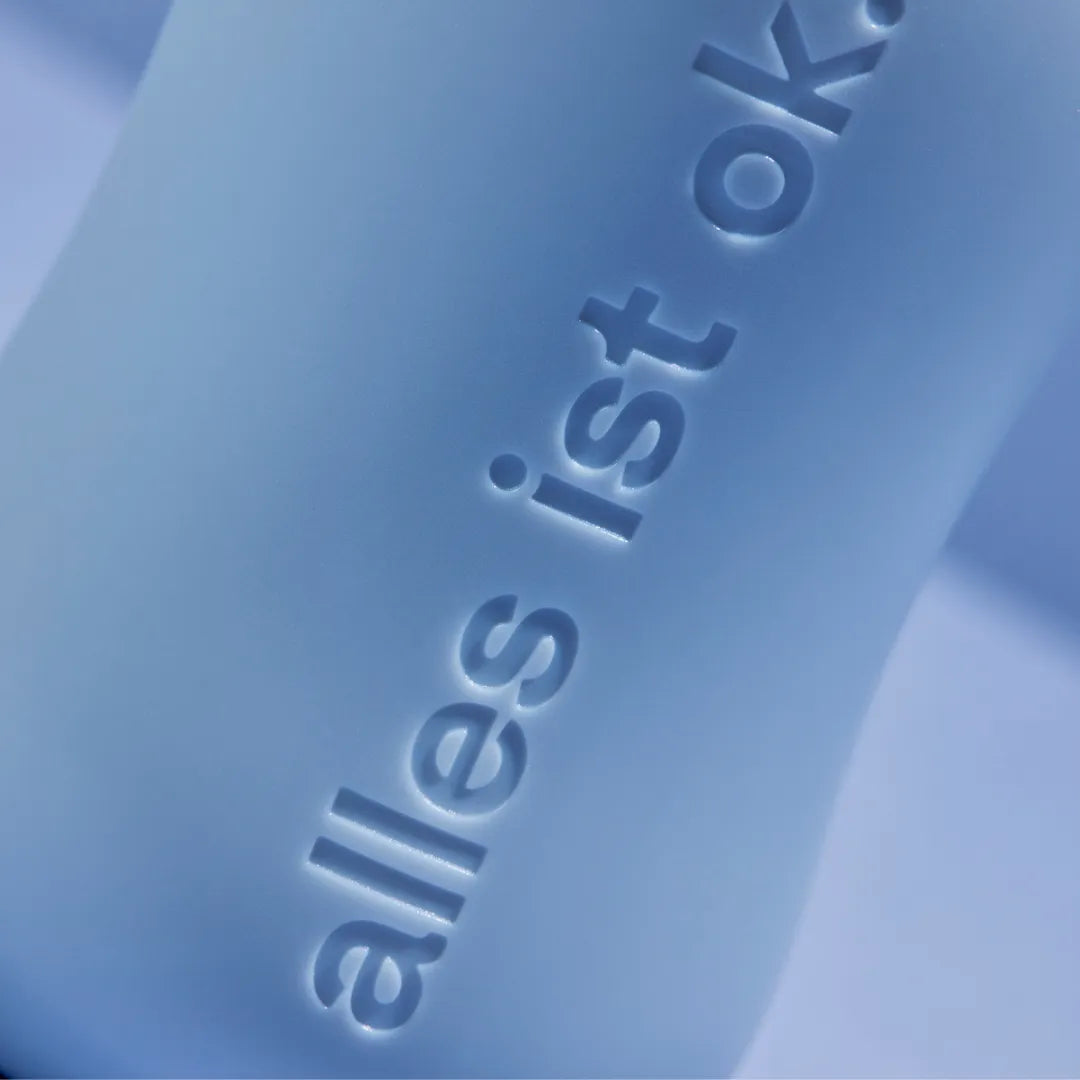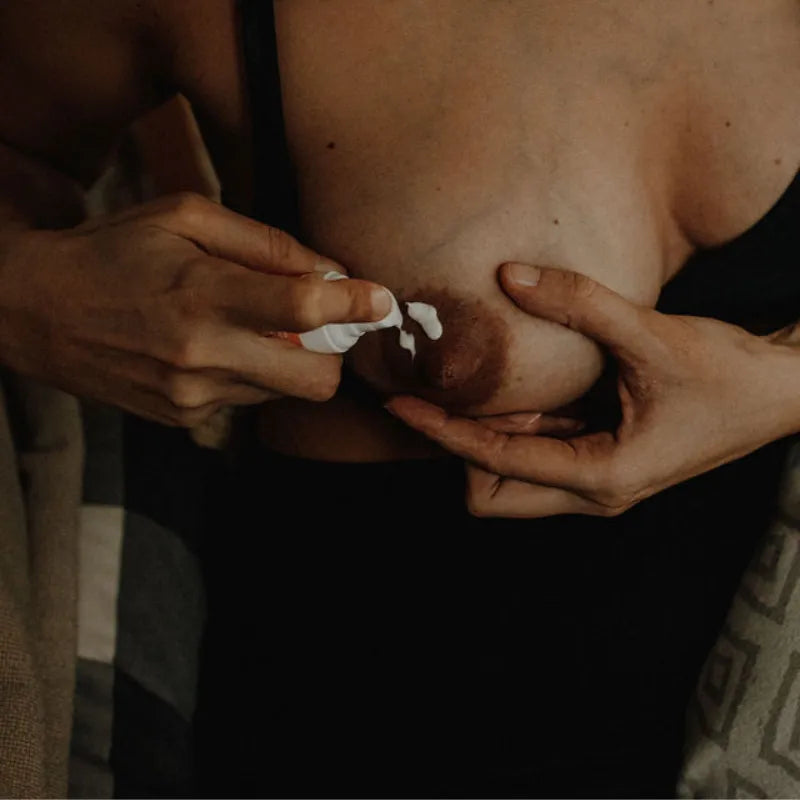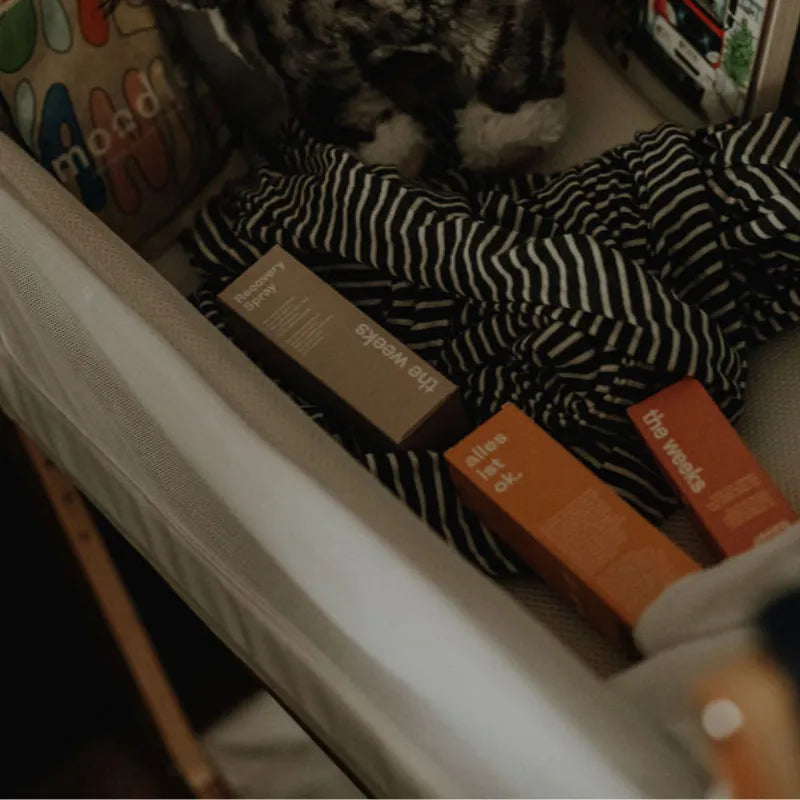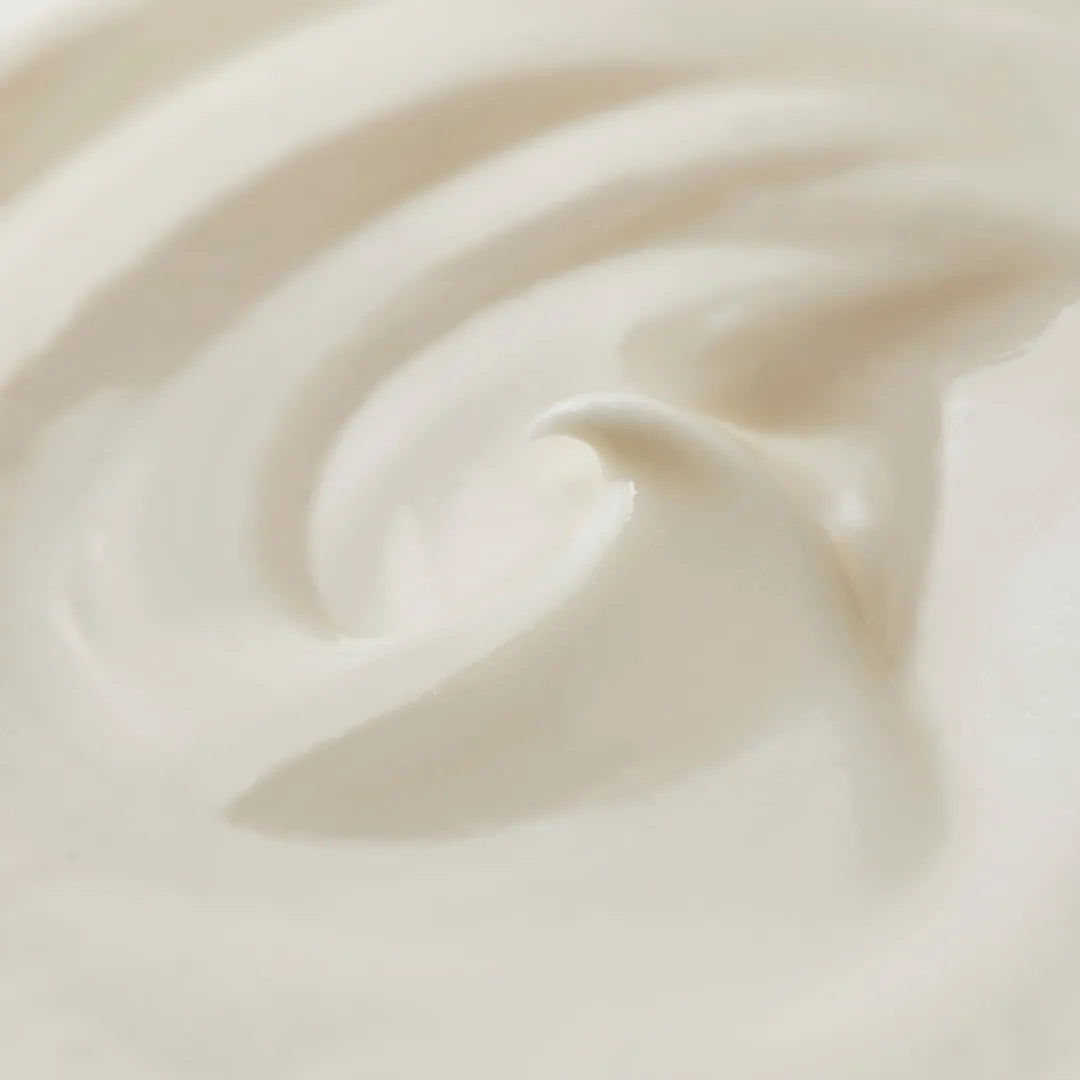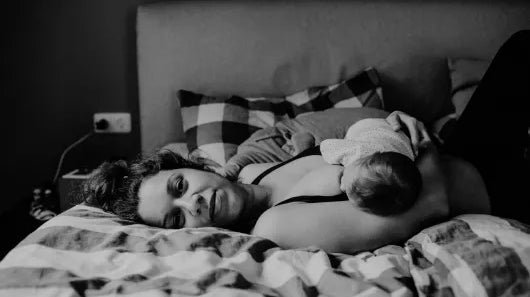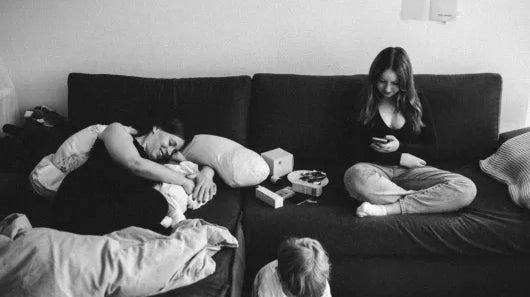One of the body's central functions during the postpartum period is the lochia. This medical term, also known as lochia, describes the discharge of blood and tissue after childbirth in the form of discharge.
The Role of the Placenta During Pregnancy
During pregnancy, your body forms a new organ that grows on the inside of the uterus: the placenta. This is where your bloodstream and that of your child meet, but are separated by the so-called "placental barrier". The child is connected to the placenta via the umbilical cord. This serves as a filter that ensures that oxygen and important nutrients from your bloodstream pass into your child's, while unnecessary substances remain in your blood.
After birth, the placenta is no longer needed and is expelled by strong contractions. This leaves a large wound in your uterus. Further contractions help to close the large blood vessels and reduce the wound. The lochia originates from this wound and also includes the discharge of mucous membrane, remnants of the vernix caseosa and the amniotic membrane. At the beginning, the lochia is blood red and often contains blood clots, known as clots. Over time, the discharge becomes more yellow to almost clear.
Duration and Phases of the Lochia
The duration of lochia varies from woman to woman and can last between two and six weeks, sometimes longer. During this time, lochia typically goes through four phases:
Lochia rubra: Heavier than a period, liquid and bright red. Dark blood clots may be present. This phase lasts a maximum of 7 days.
Lochia fusca: Brownish and weaker than before. Starts around day 3-7.
Lochia flava: Yellowish and viscous. The strength decreases significantly. Starts on about the 12th to 14th day.
Lochia alba: Whitish and watery, very faint towards the end. Starts around day 17-21.
These phases can flow into one another and alternate, which provides a general orientation. In total, you will excrete around 500 milliliters of blood and other fluids during the postpartum period - as a reminder: during your period you lose an average of around 50-80 milliliters of blood.
Smell of lochia
Some women report that the lochia has a bland or sweet smell, similar to menstrual bleeding. This is usually harmless. However, if you notice a strong, foul-smelling or pungent smell, this could indicate an infection and should be checked out by a postpartum midwife or gynecologist.
Infections can occur due to birth injuries or infrequent changes of postpartum pads. The lochia contains germs that it picks up as it passes through your organs, especially the vagina. It is therefore important to change moist, warm pads regularly to minimize the risk of infections. Many gynecologists and midwives also advise against bathing, as germs can more easily enter the uterus.
Blood clots and lochia congestion
During the postpartum period, lying down for a long time can cause blood to collect and clump in the vagina. When you stand up, this blood can flow out, which is normal. Sometimes the lochia can stagnate, which is known as lochia dew or lochial congestion. In this case, medication or massage can help to get the flow going again. In rare cases, a curettage may be necessary.
We would like to stress that in most cases lochia occurs without major complications and typically lasts between two and six weeks. At first it is heavy and bloody, but over time it becomes weaker, more fluid and less coloured. As long as the lochia does not smell extremely unpleasant and there is no heavy bleeding, there is usually no cause for concern.
Conclusion
The lochia is a natural part of the postpartum period and signals that your body is healing. Pay attention to your body and always speak to your postpartum midwife or gynecologist if you have any concerns or complaints. Remember that the right postpartum pads can provide comfort and hygiene.



